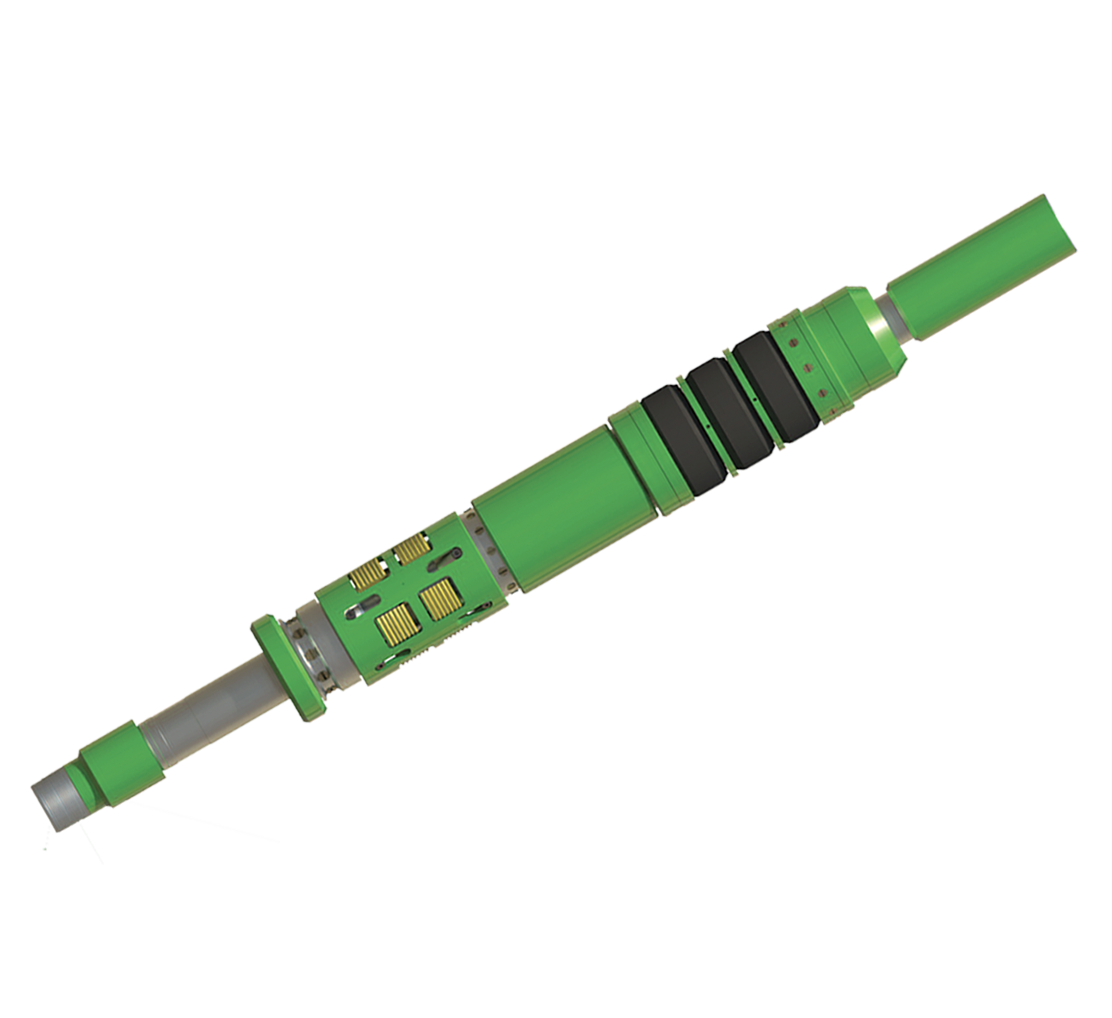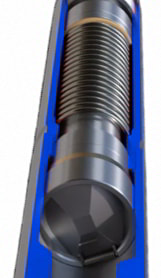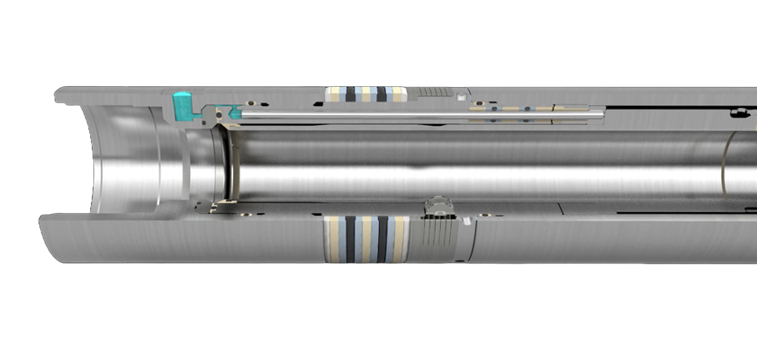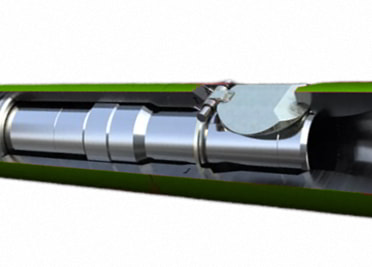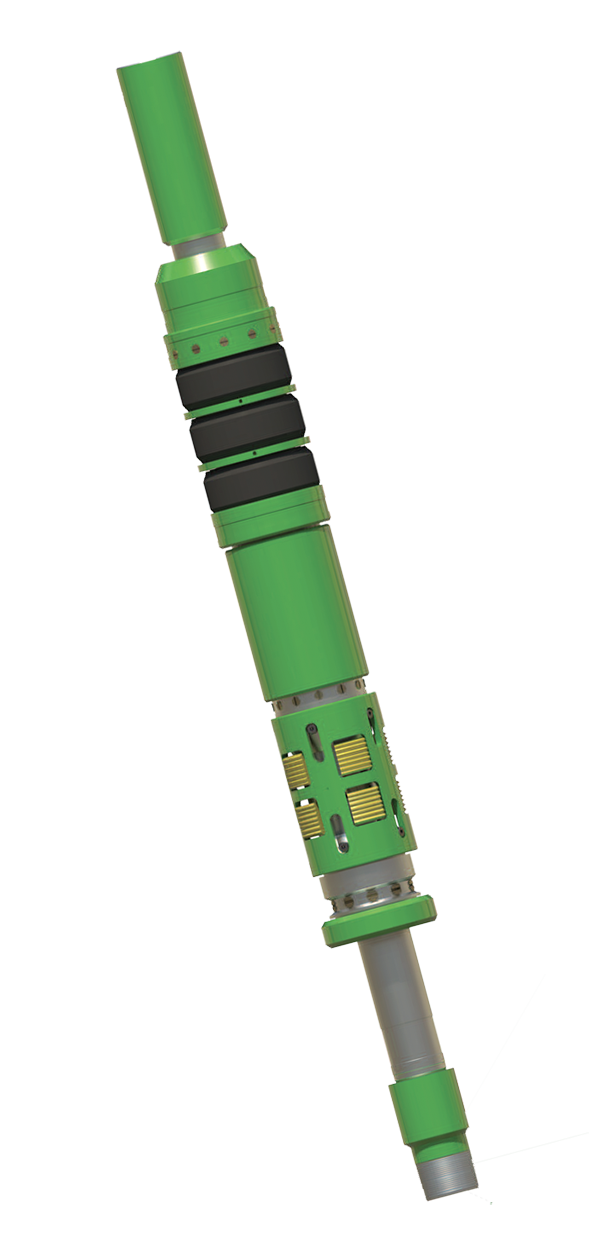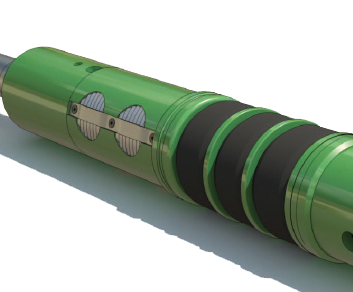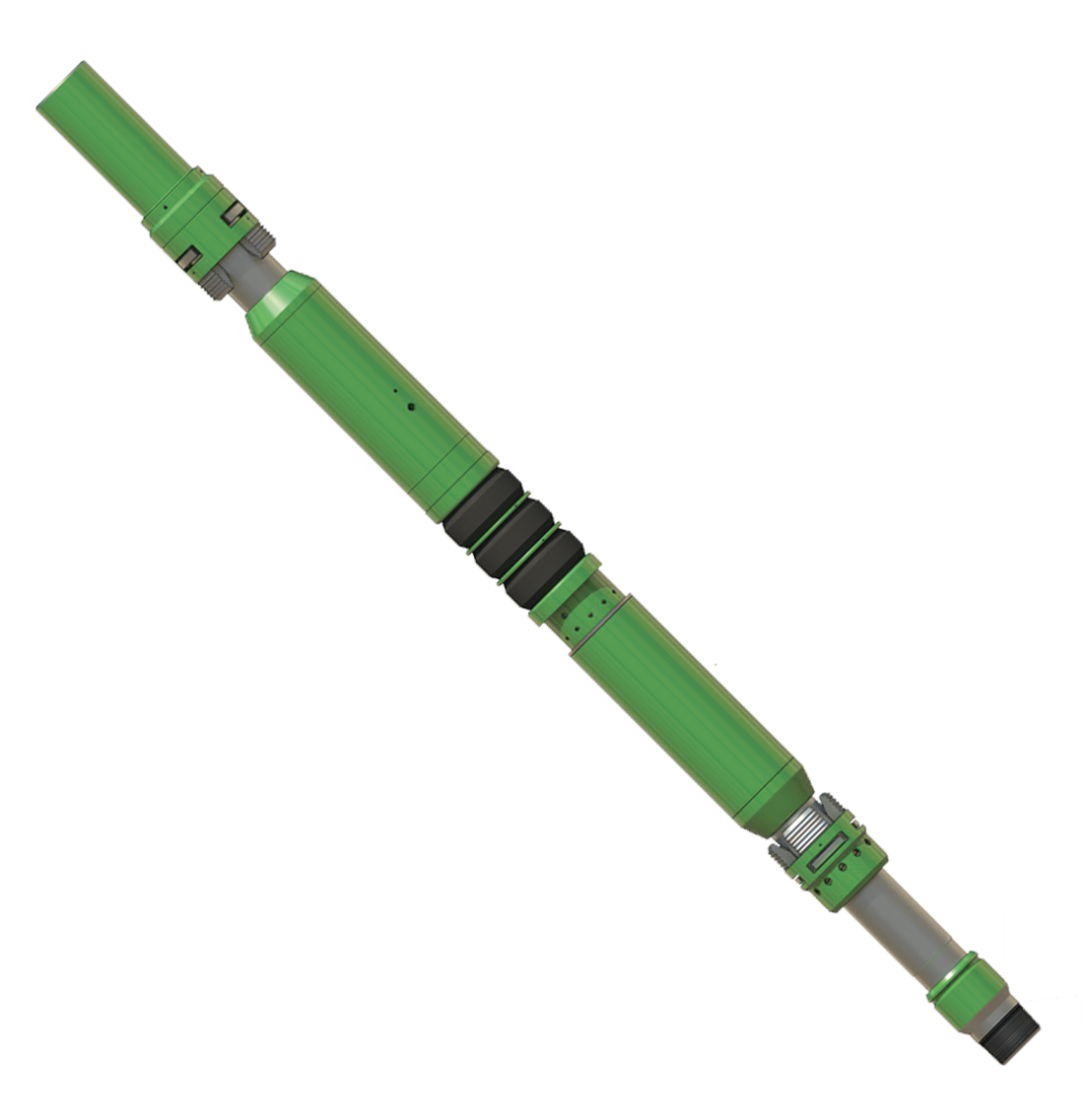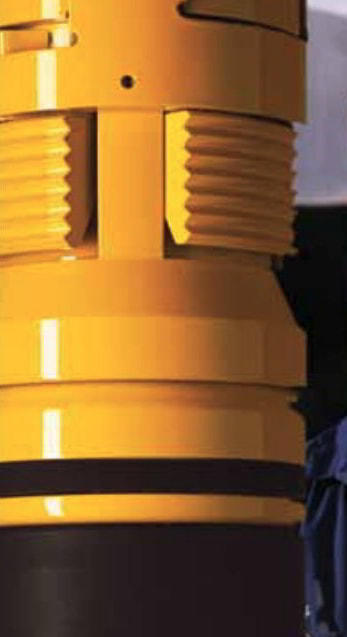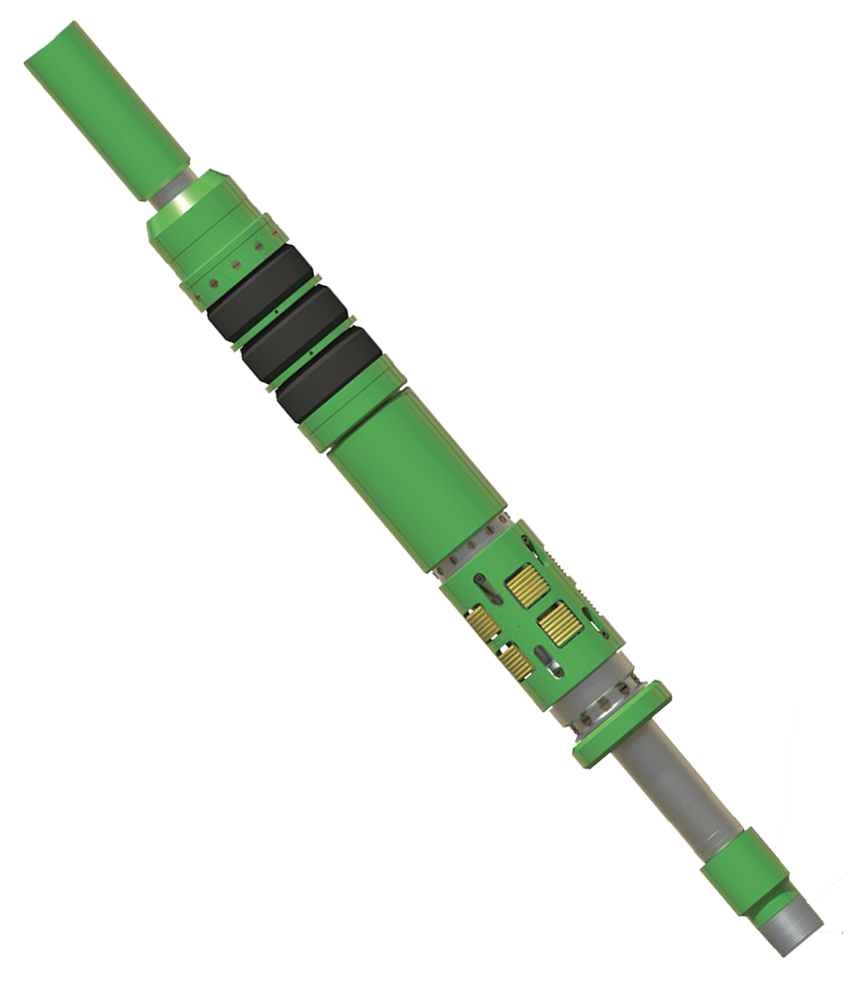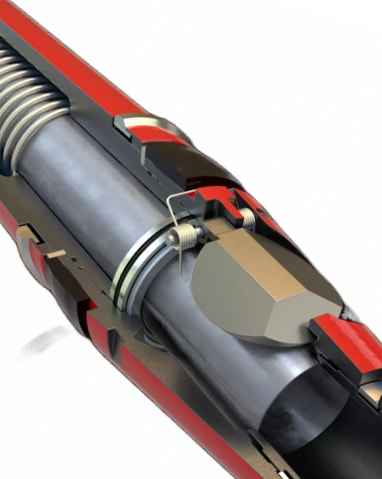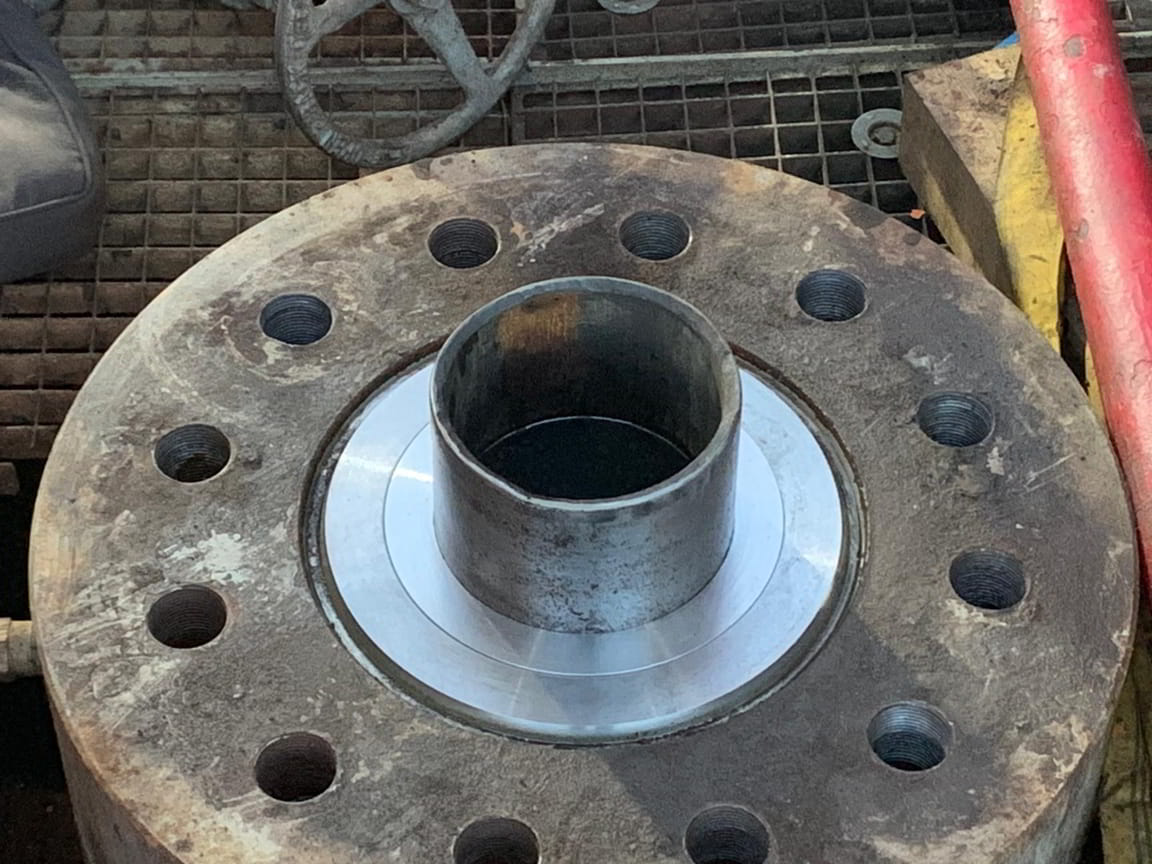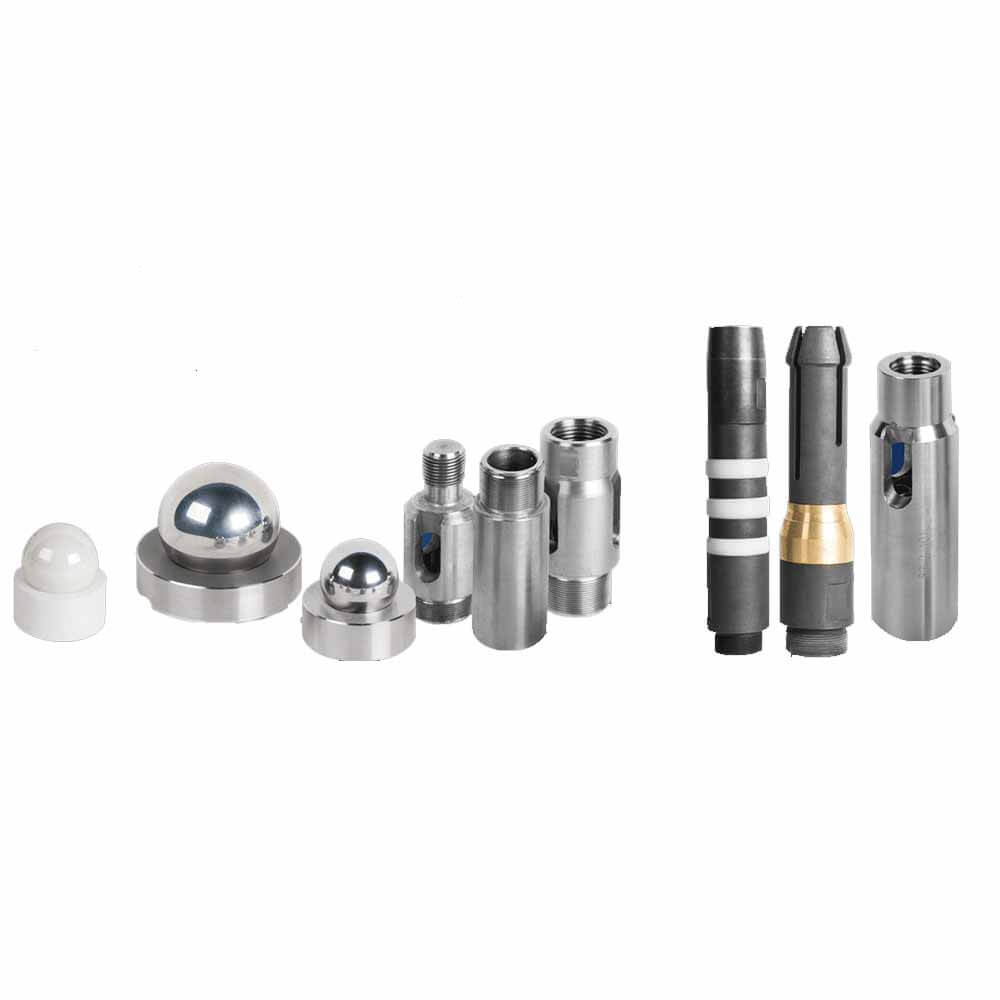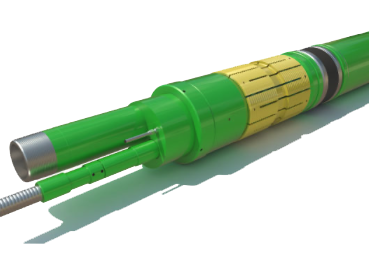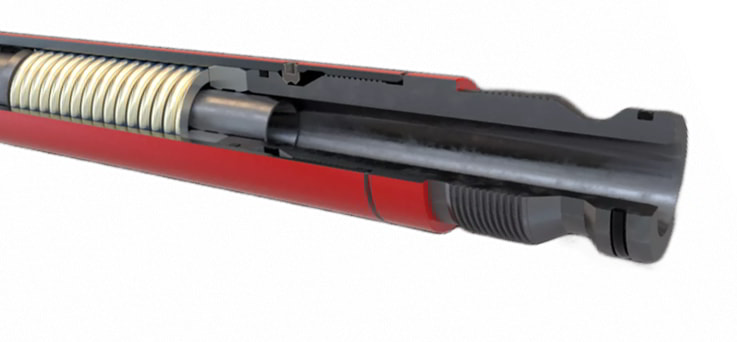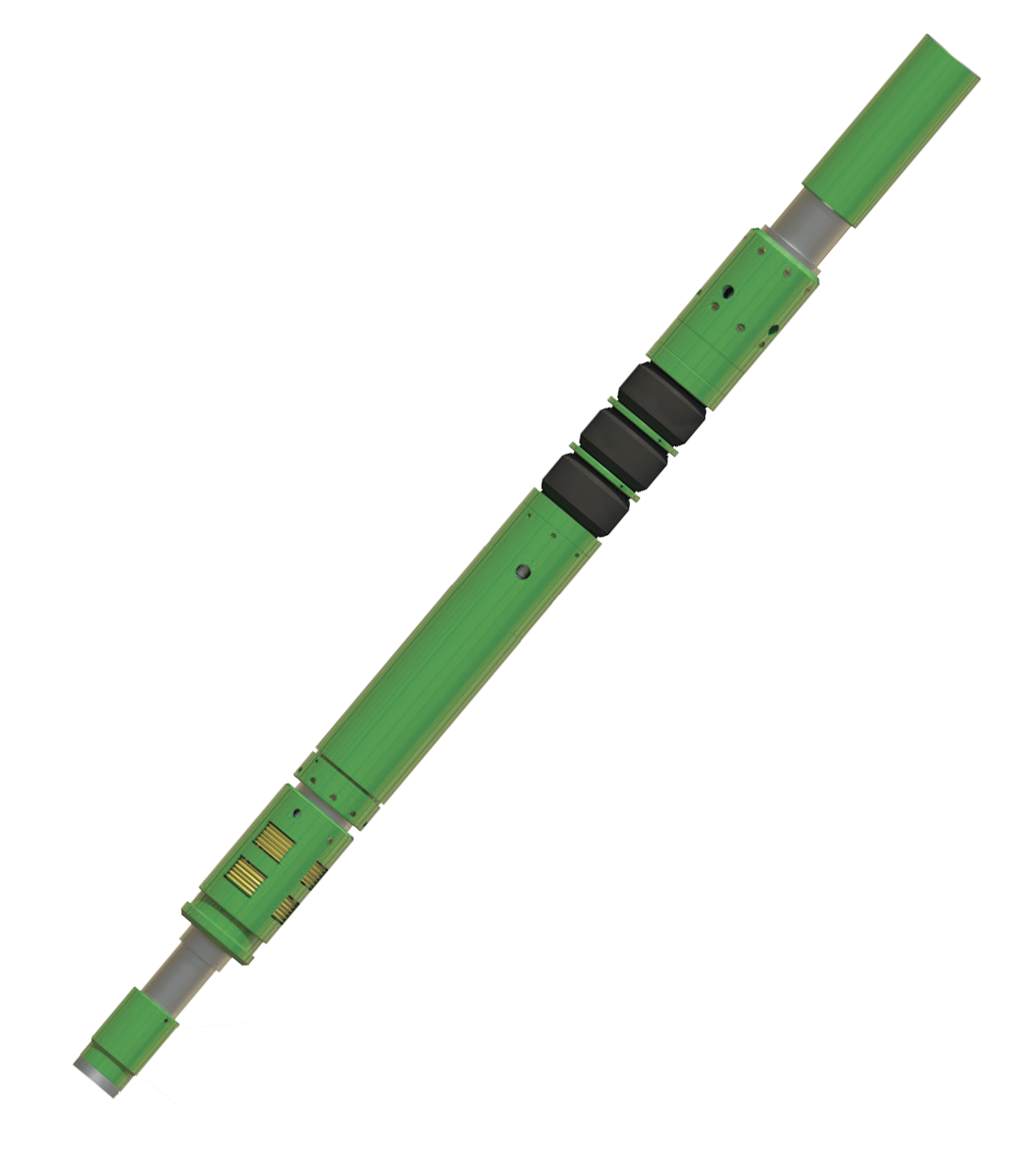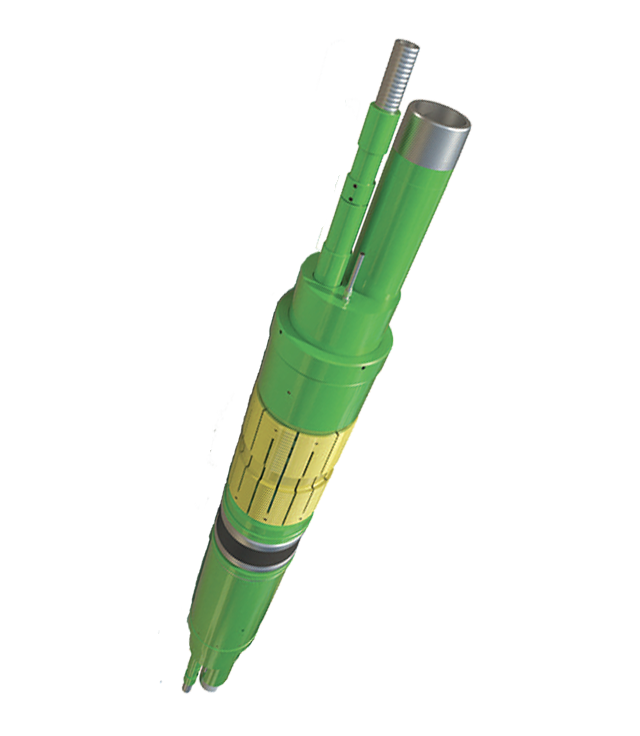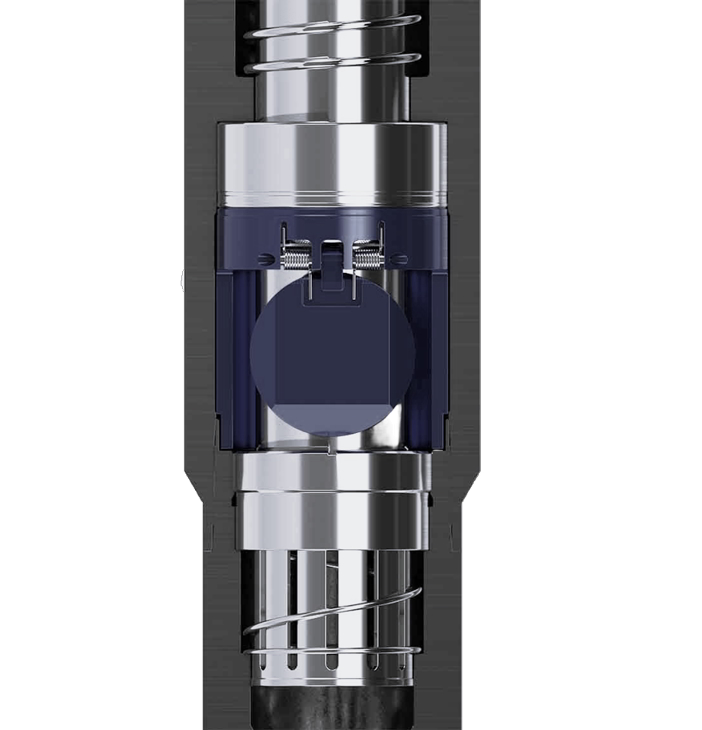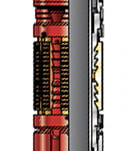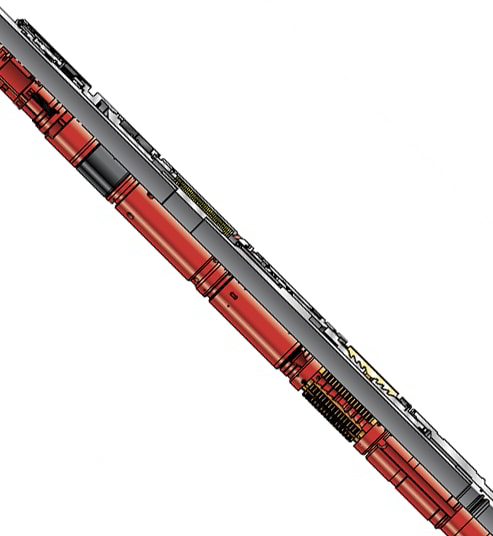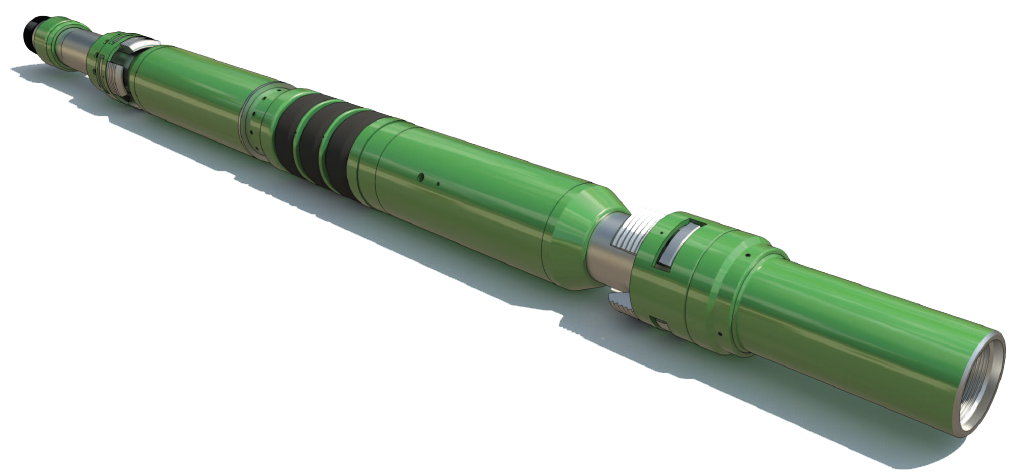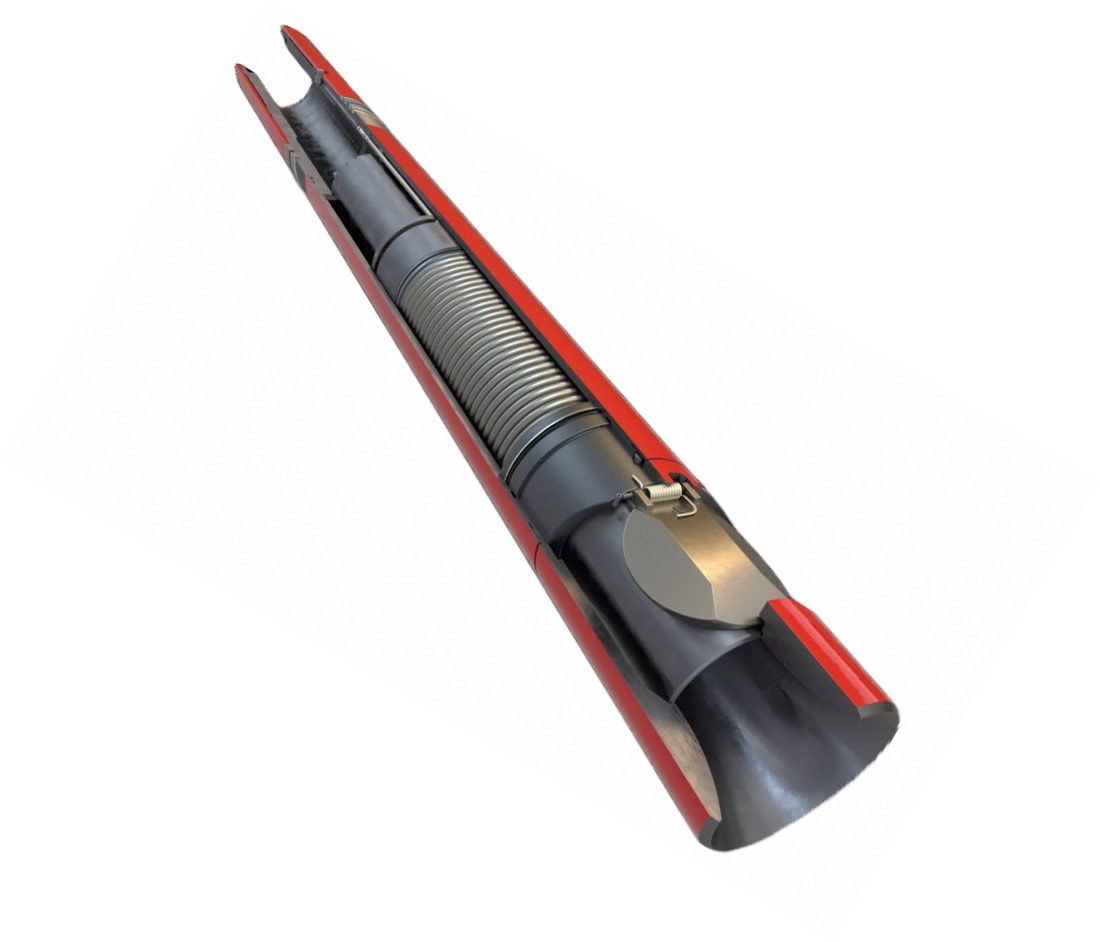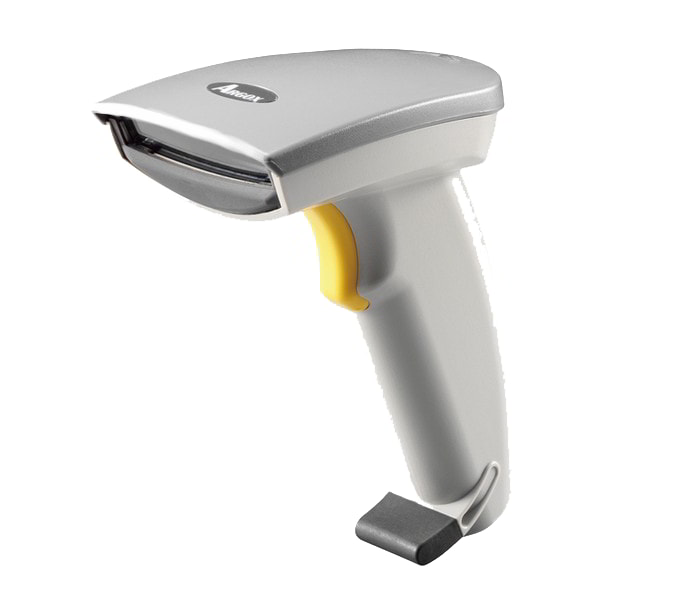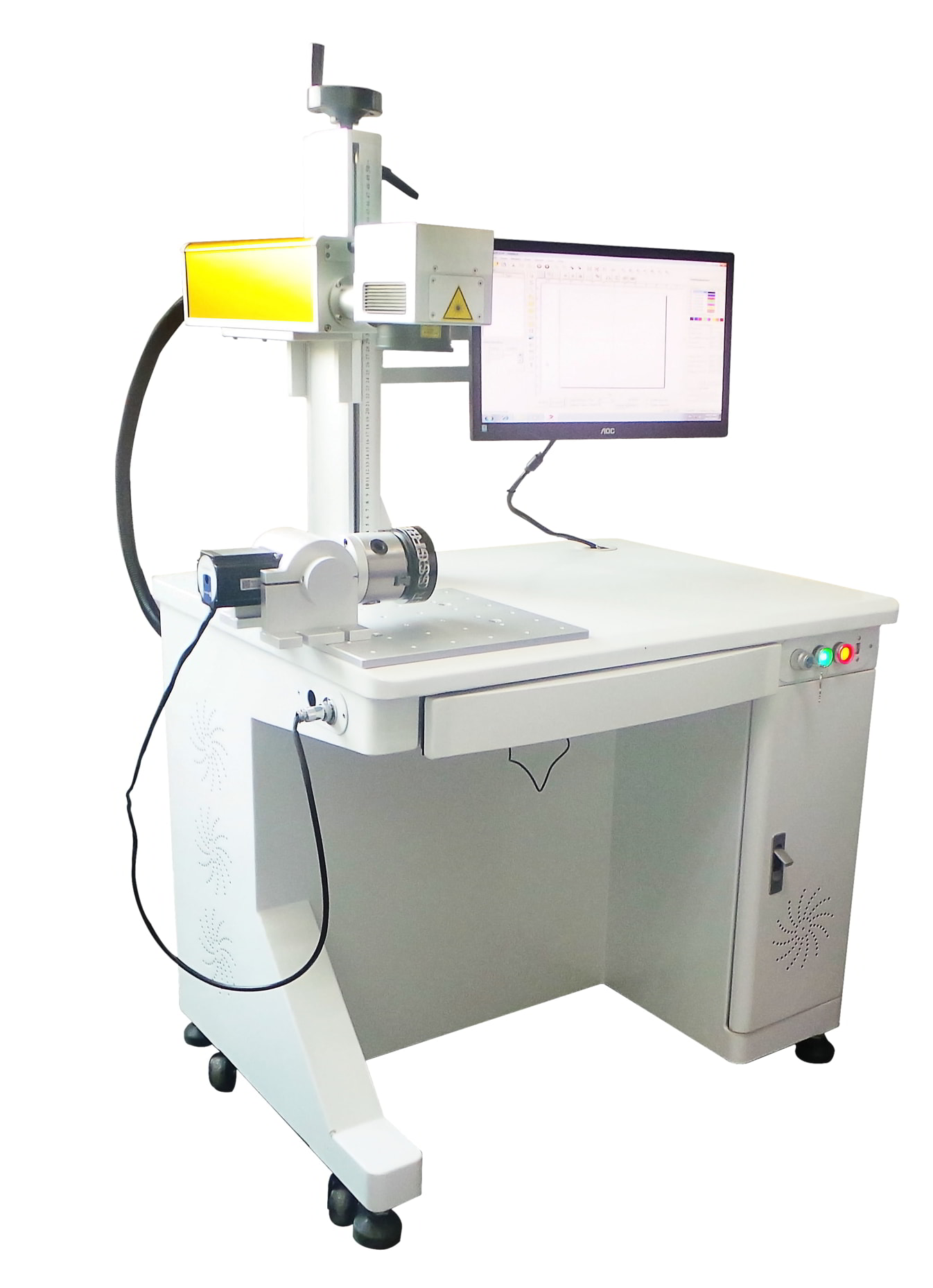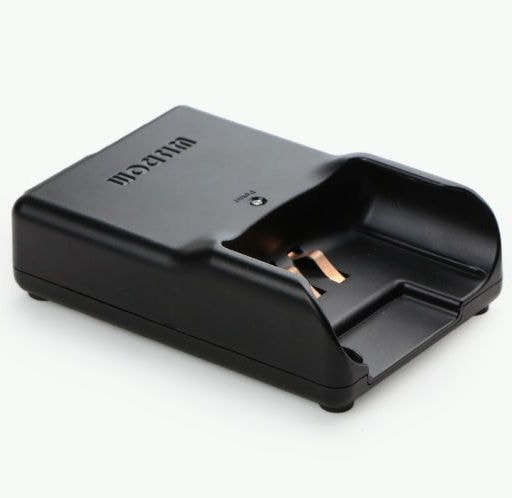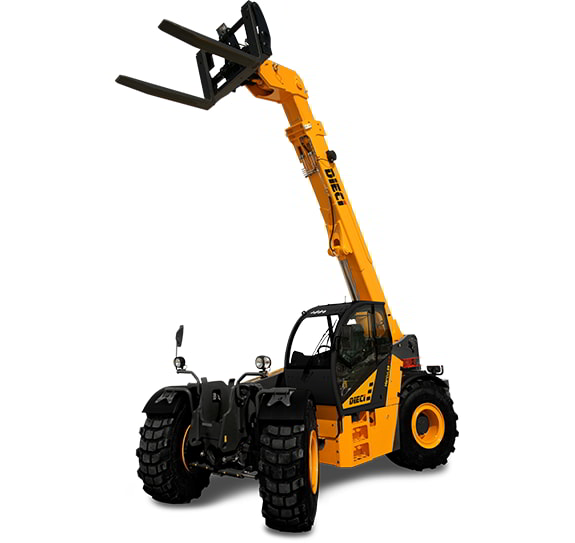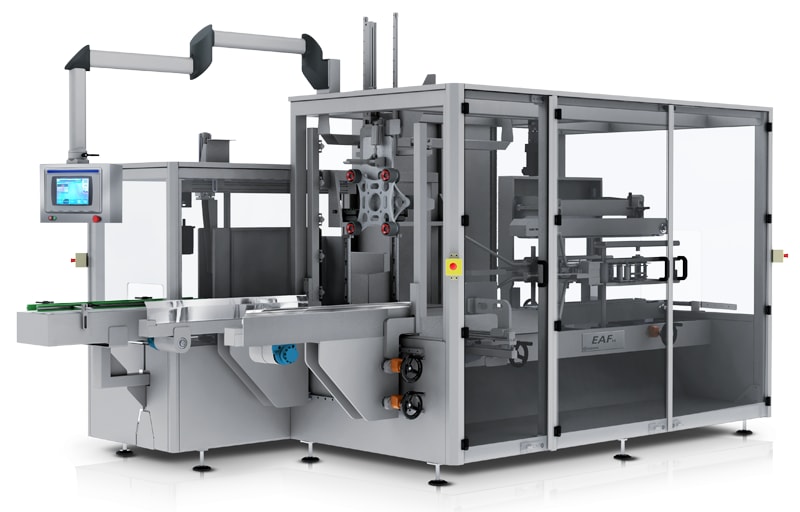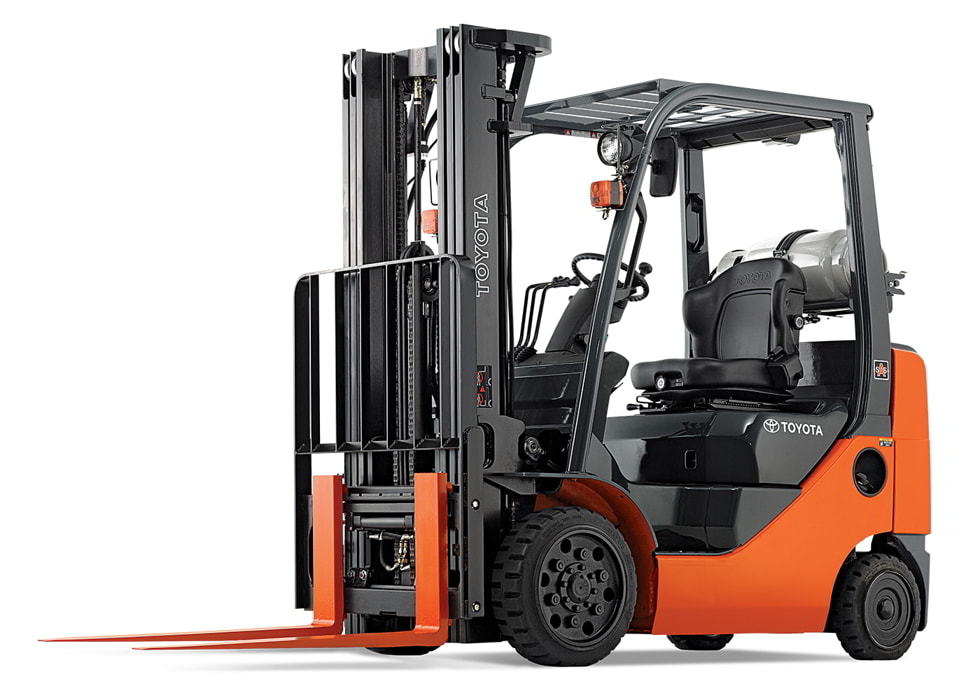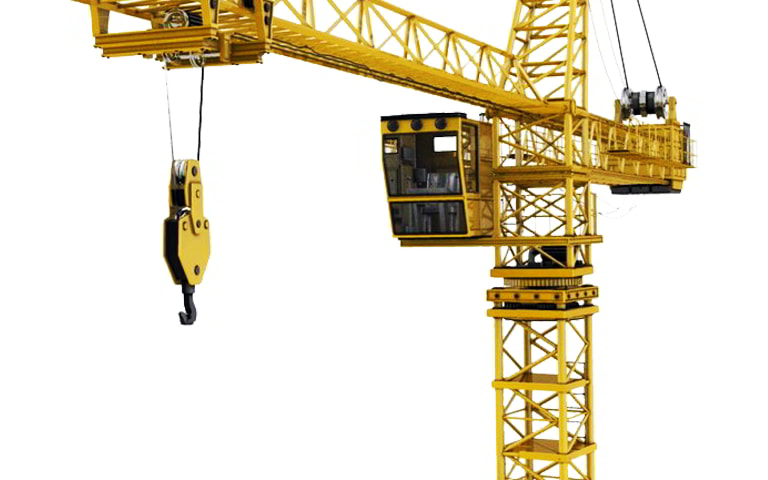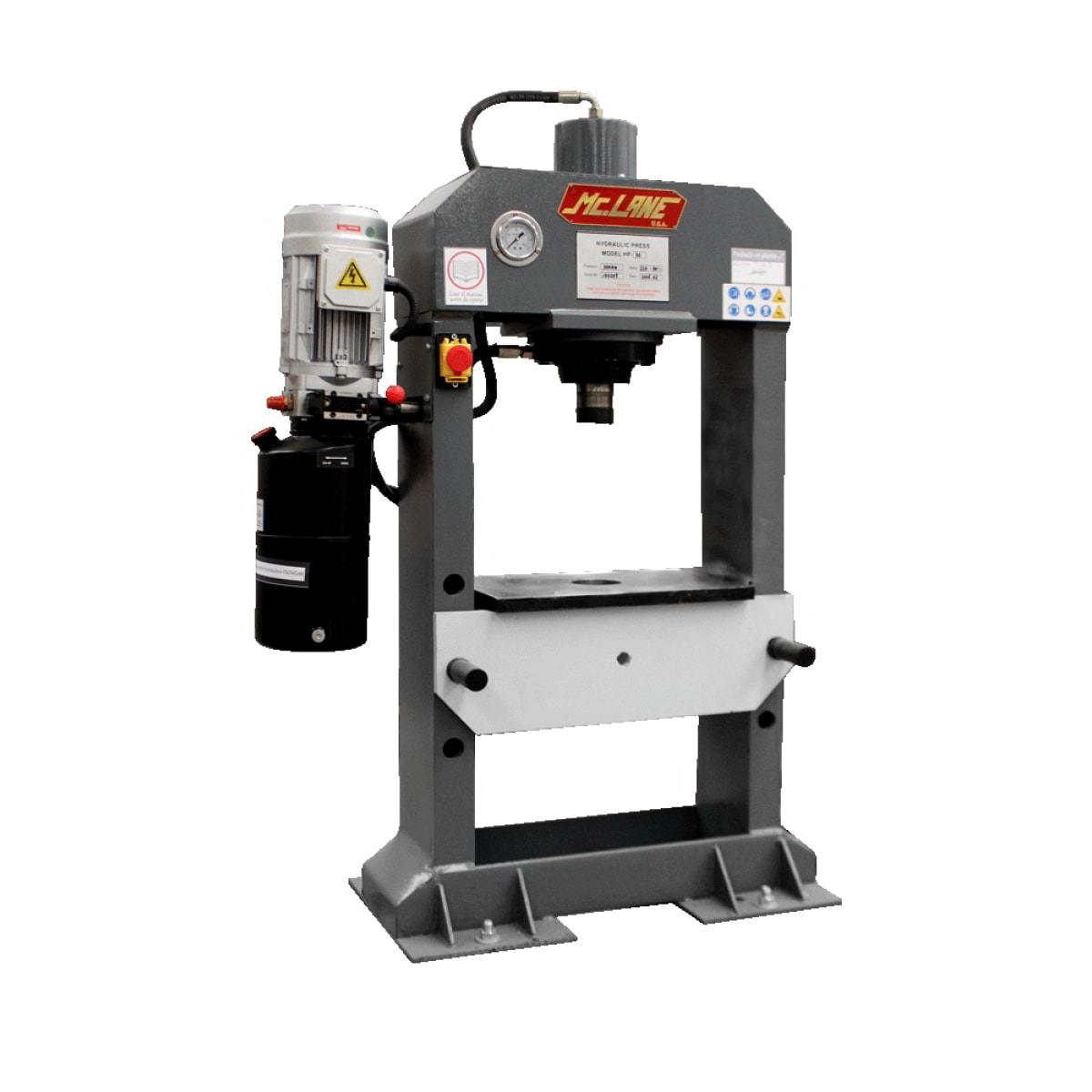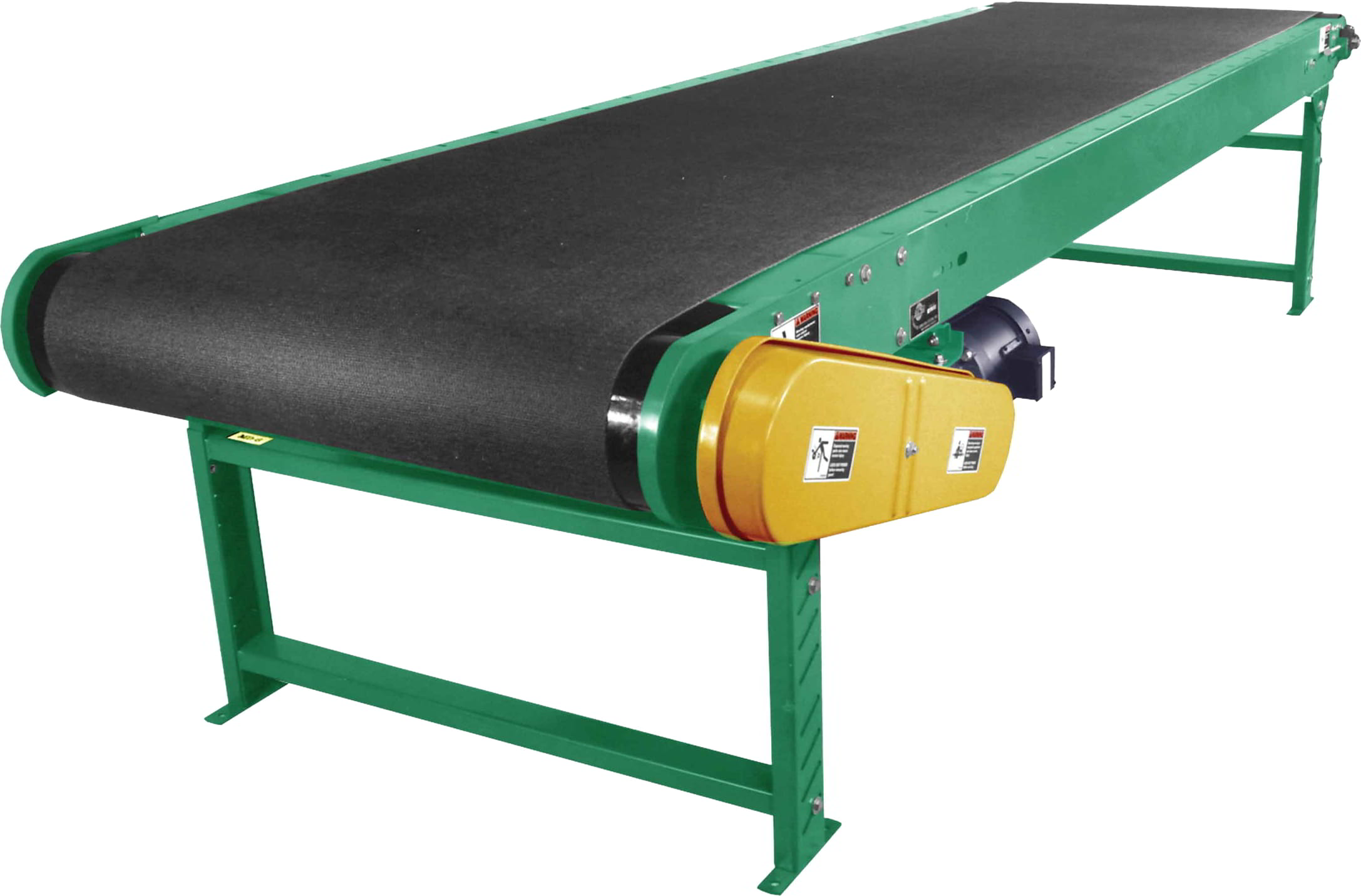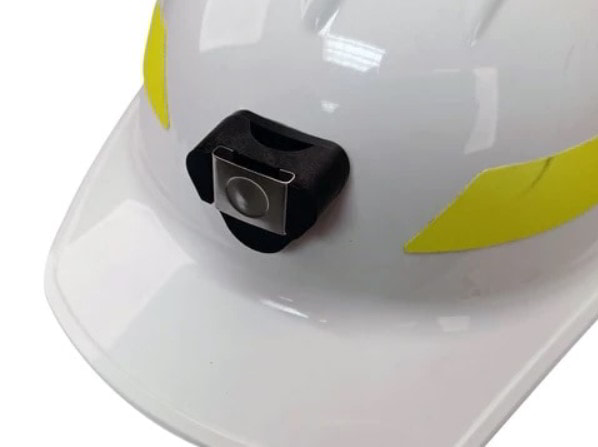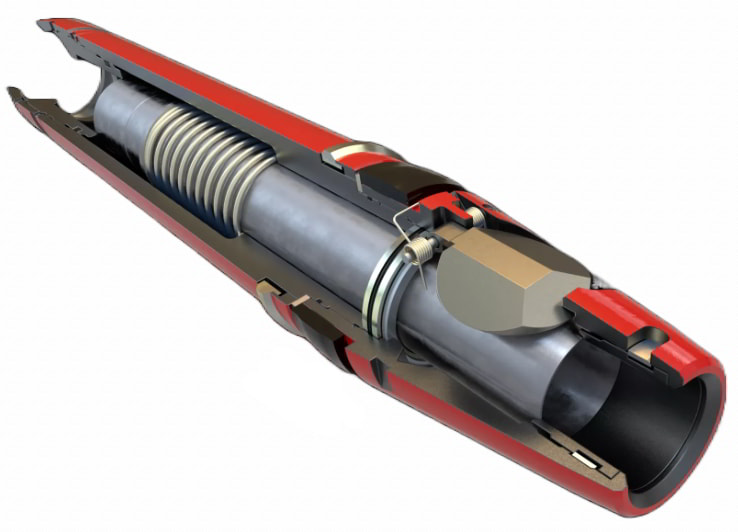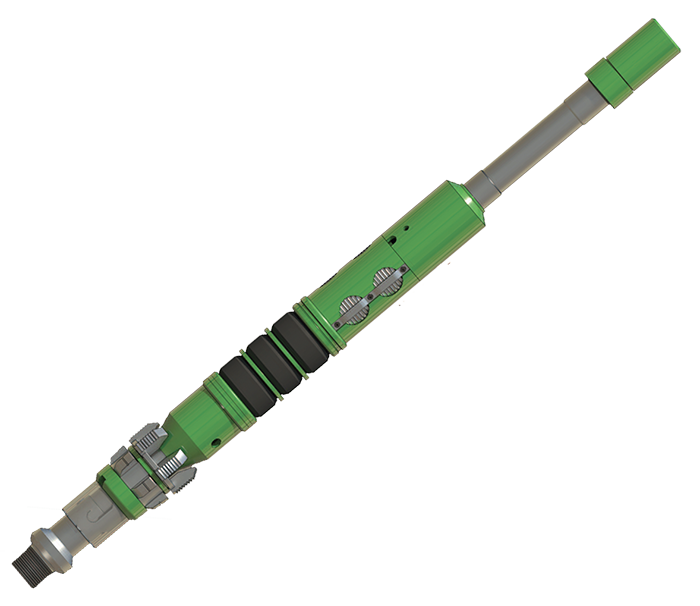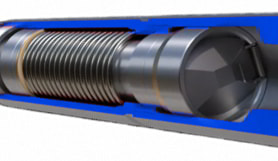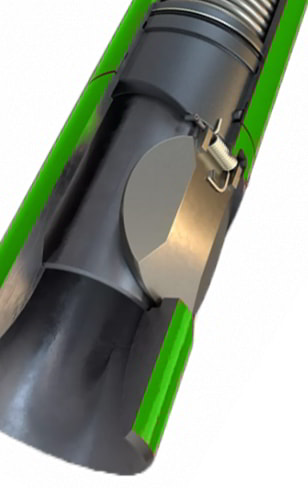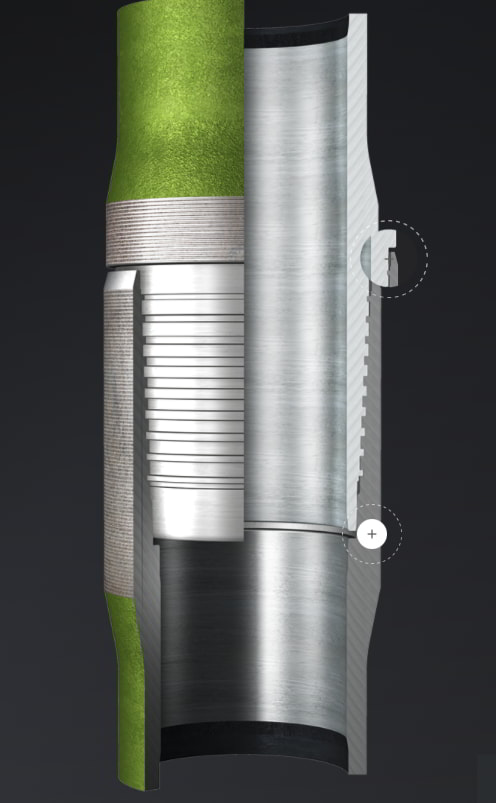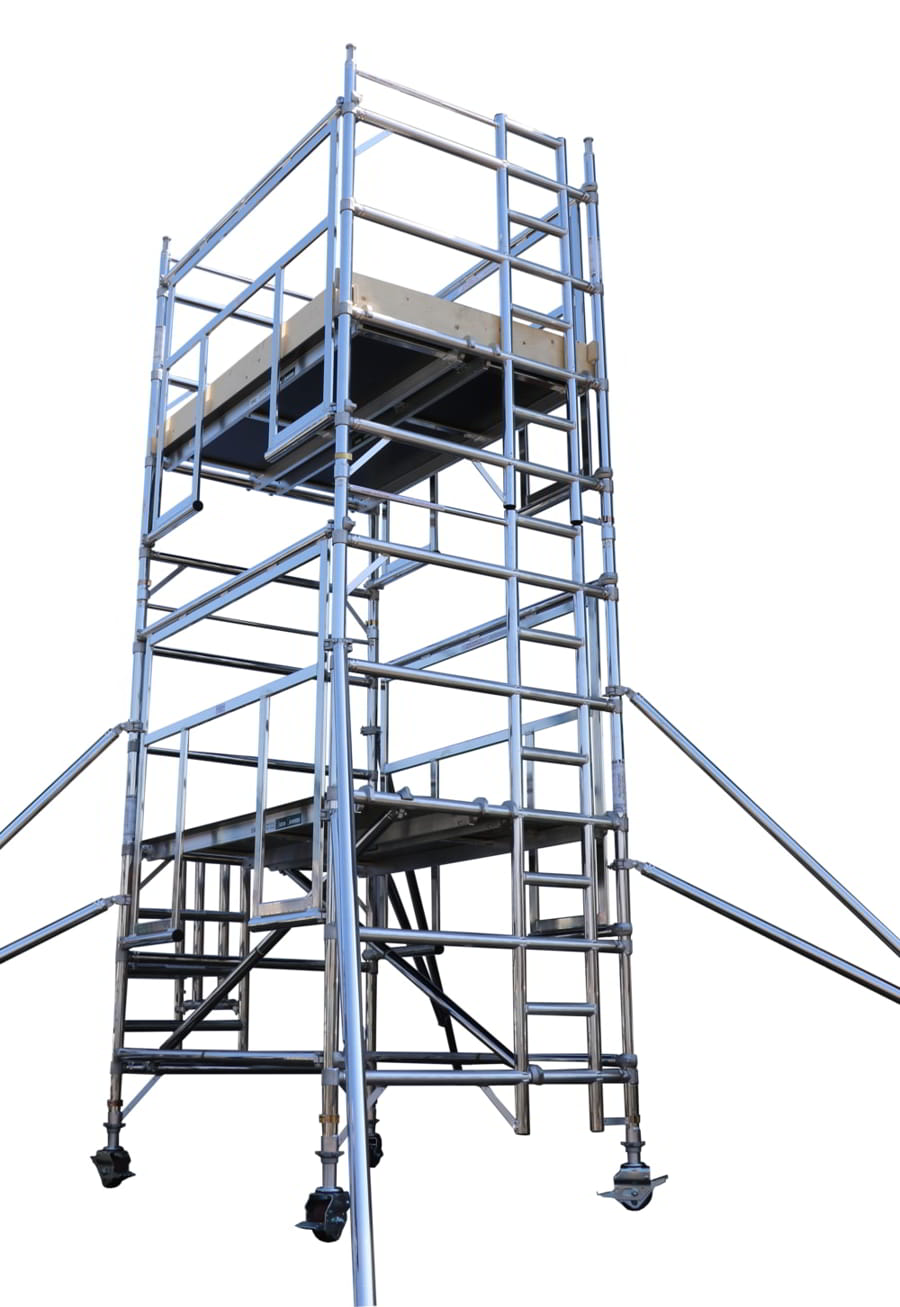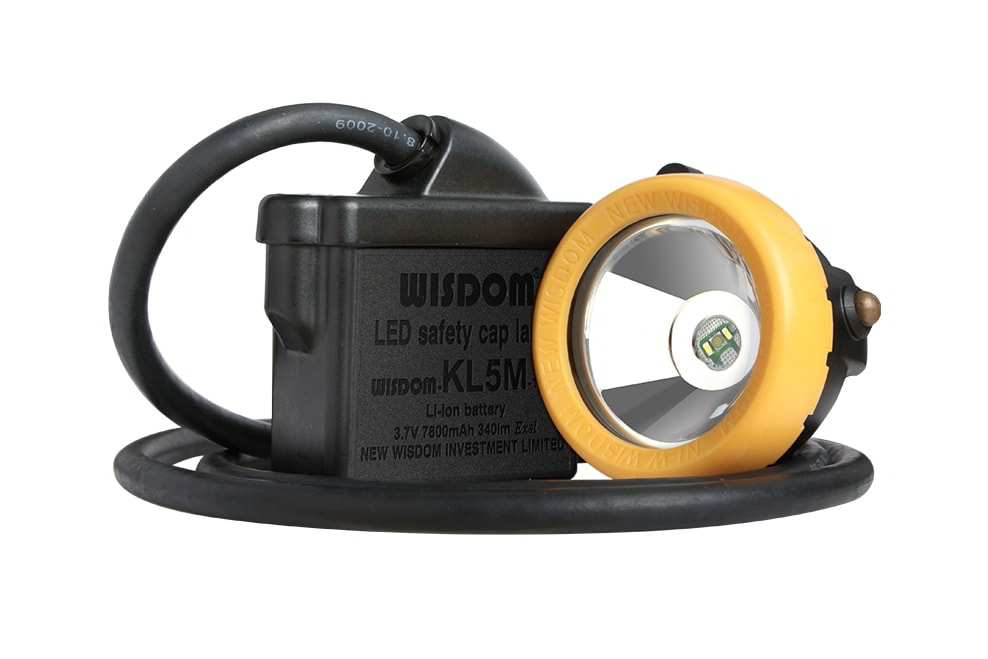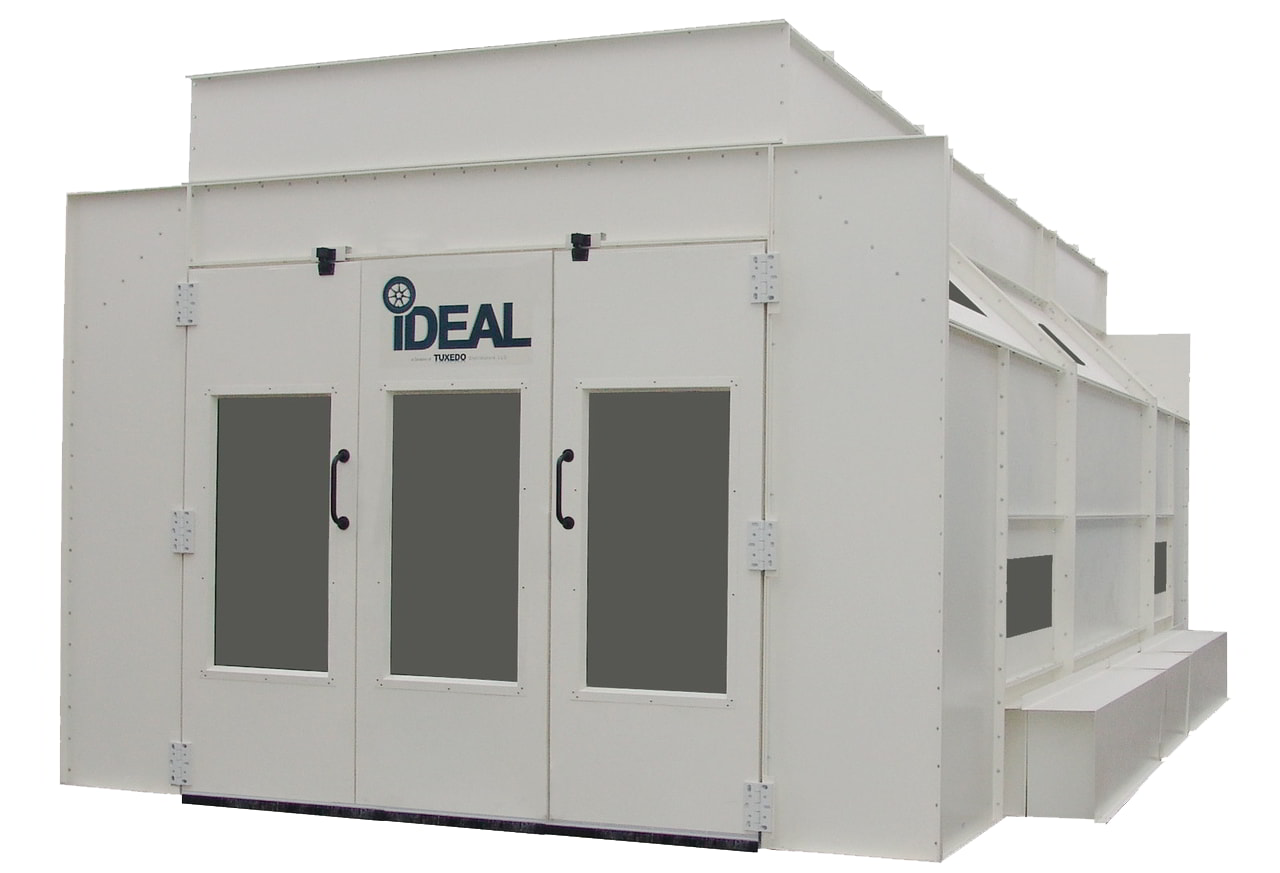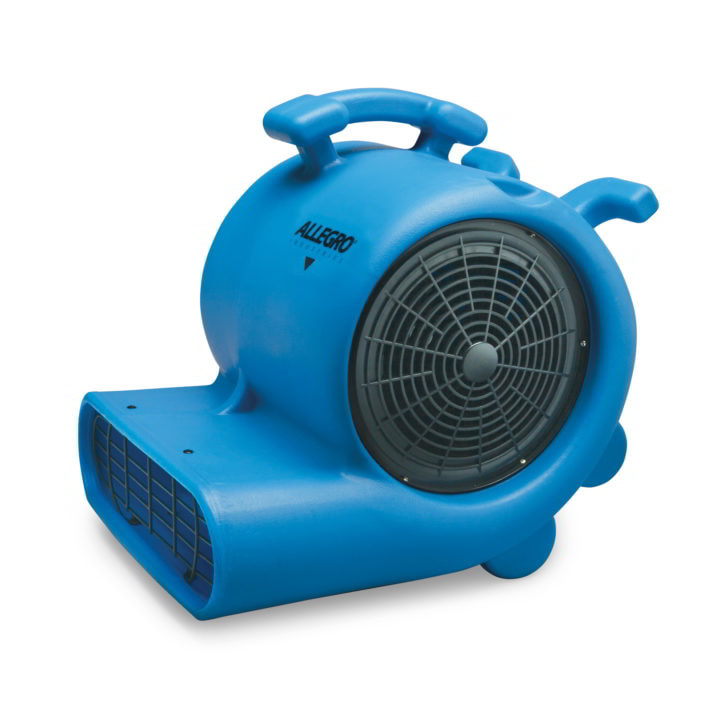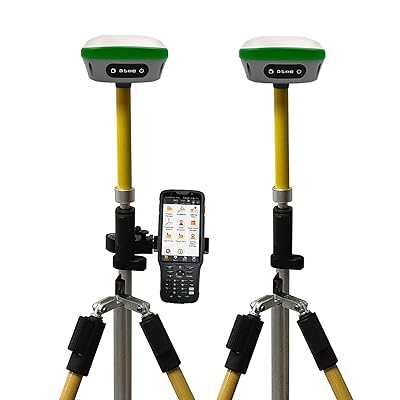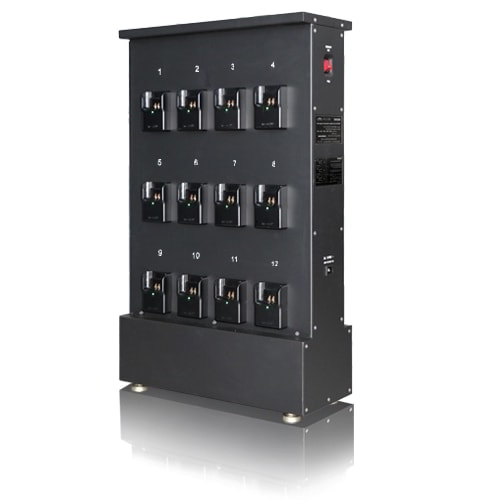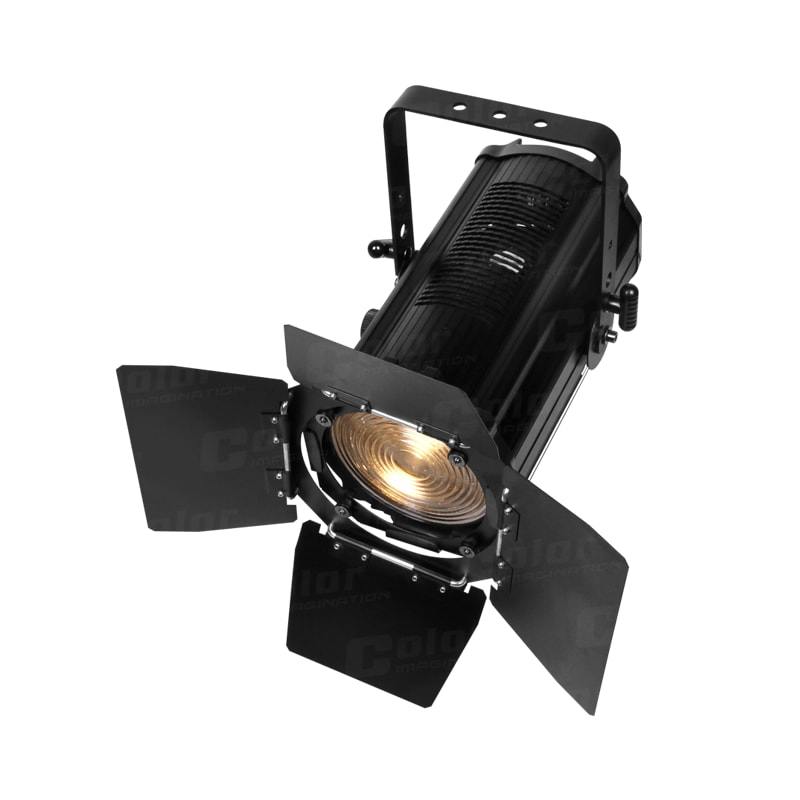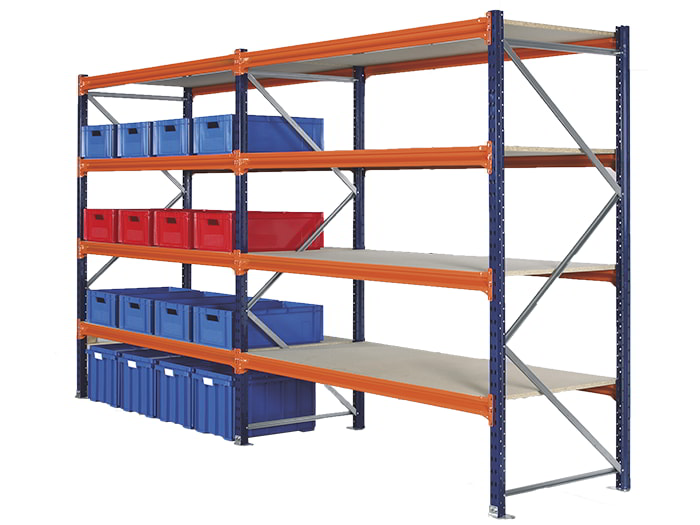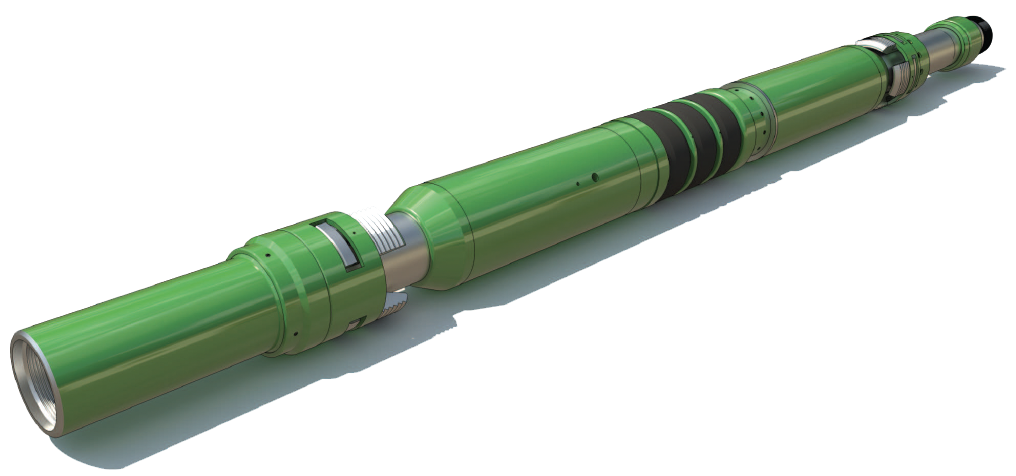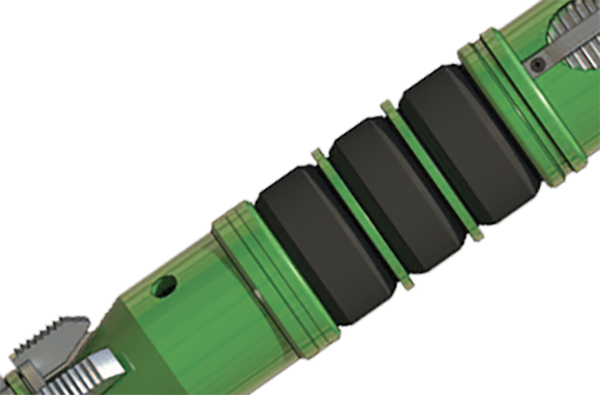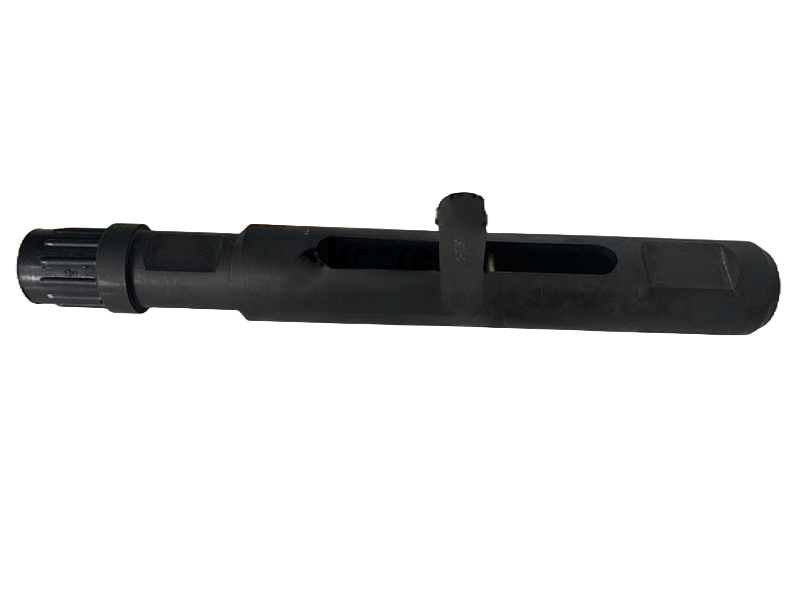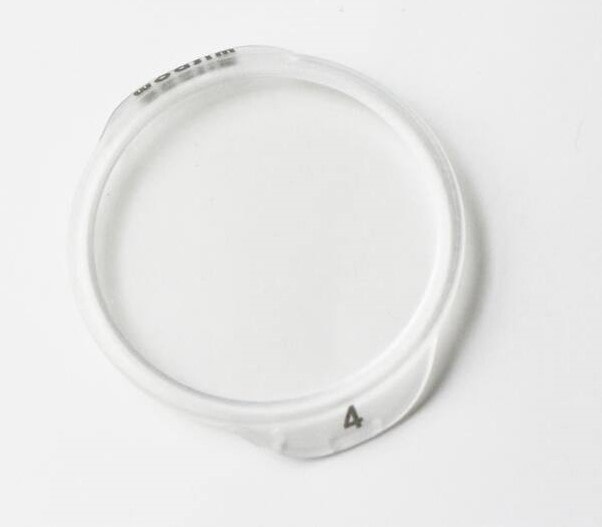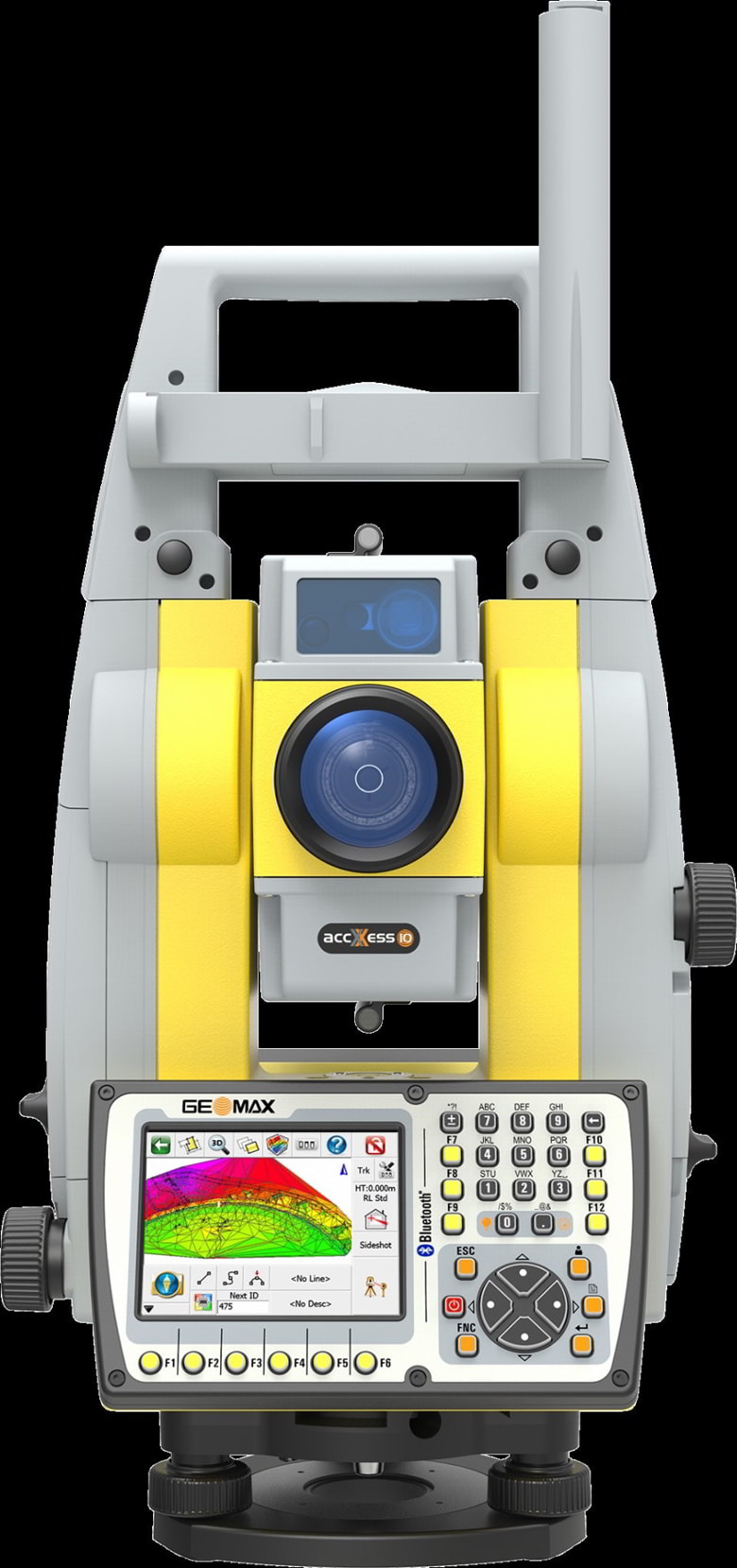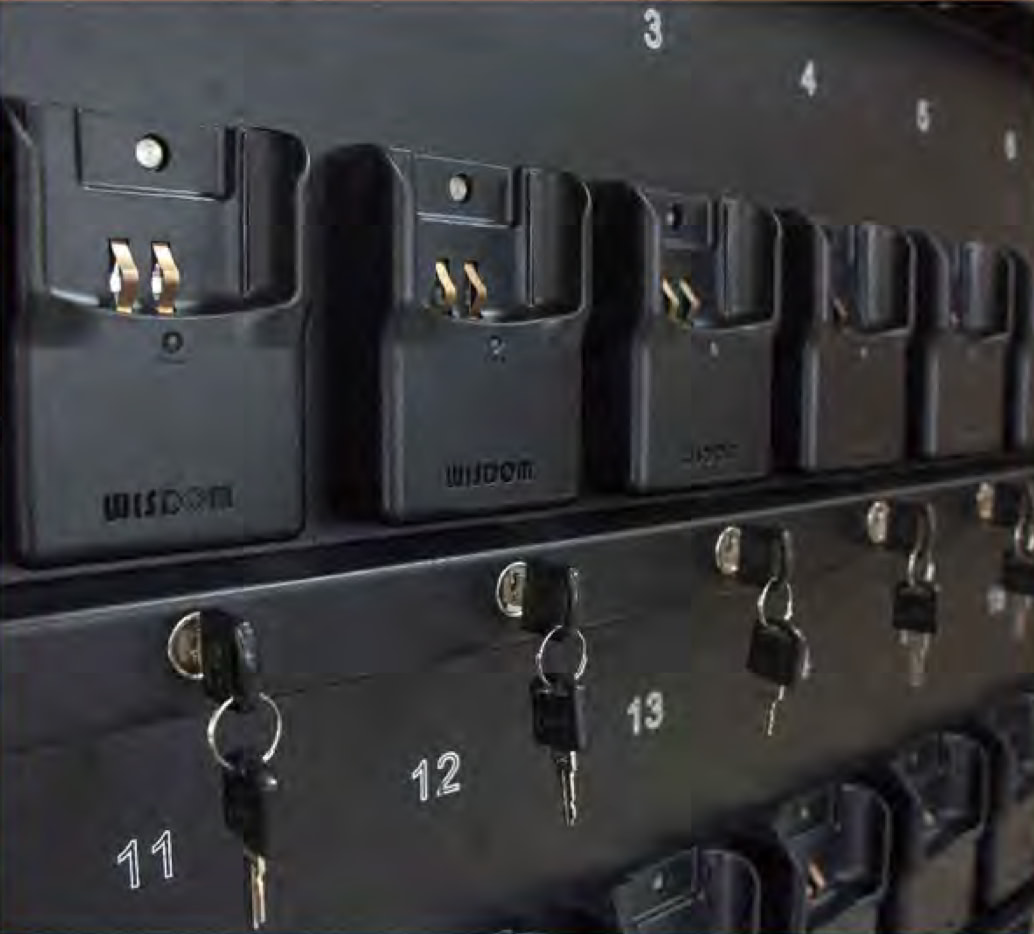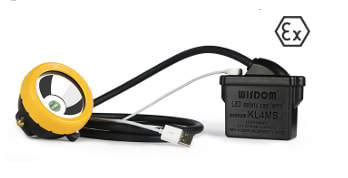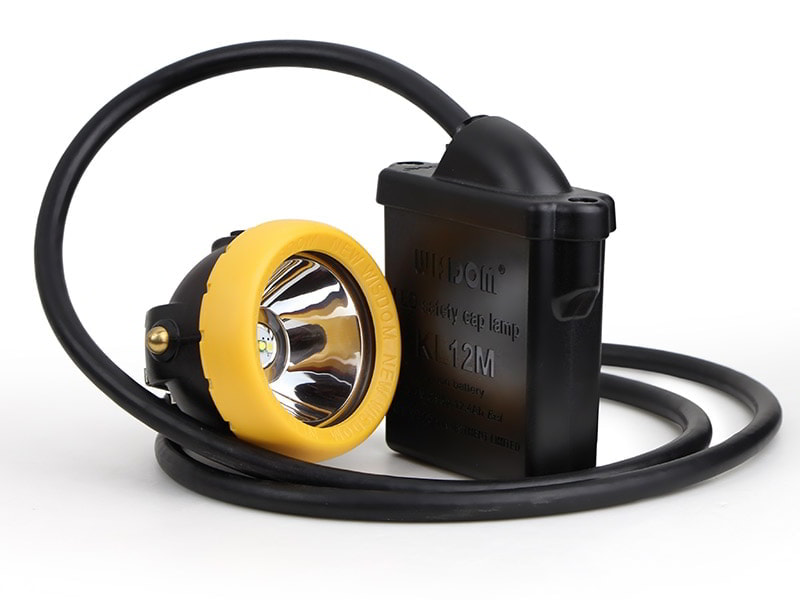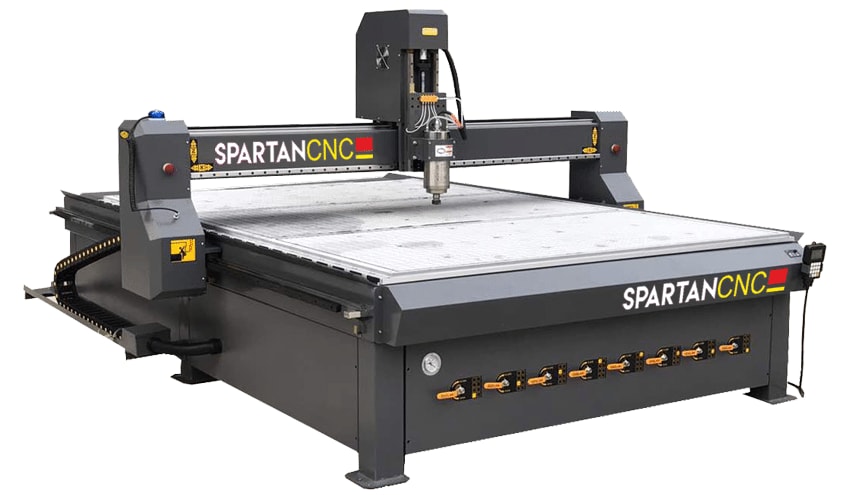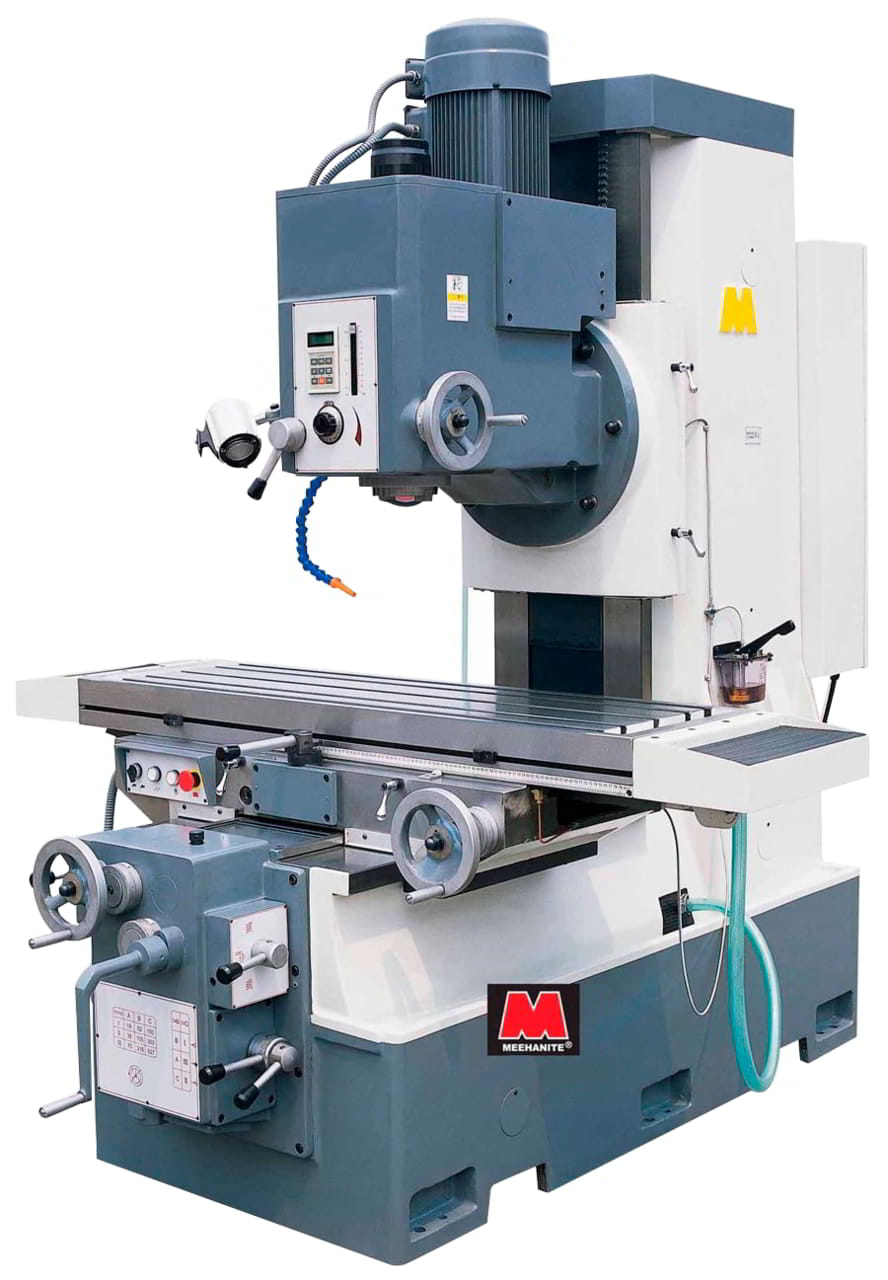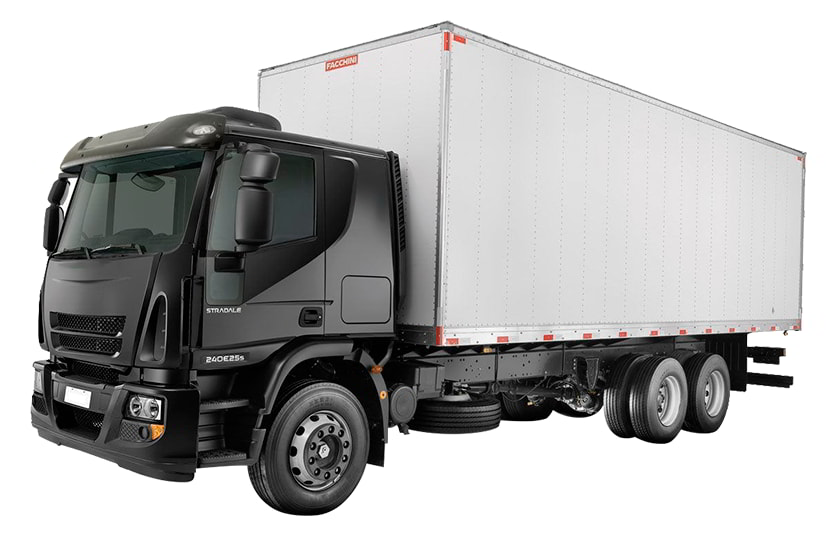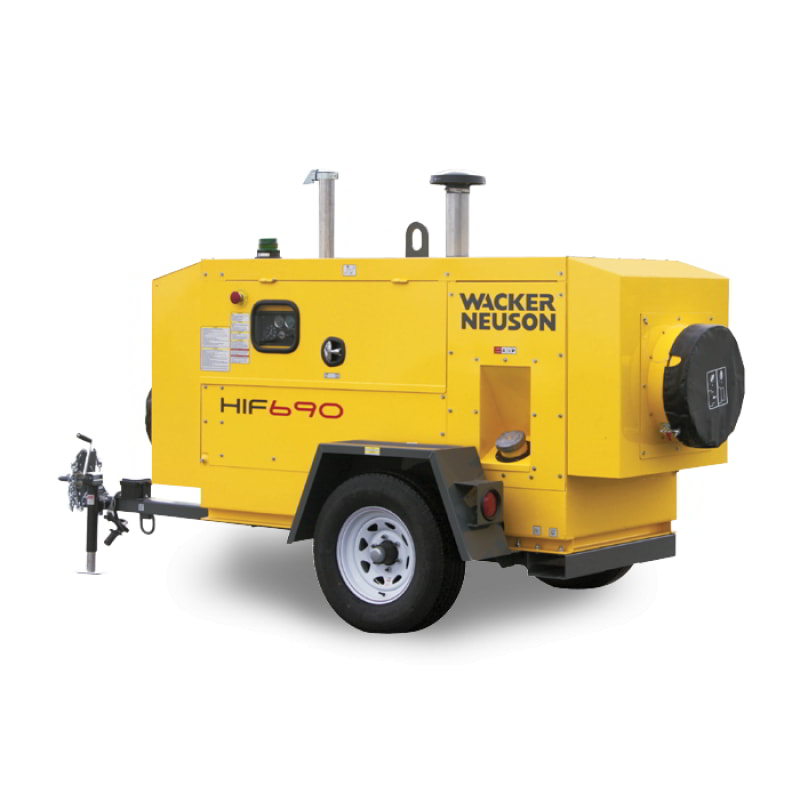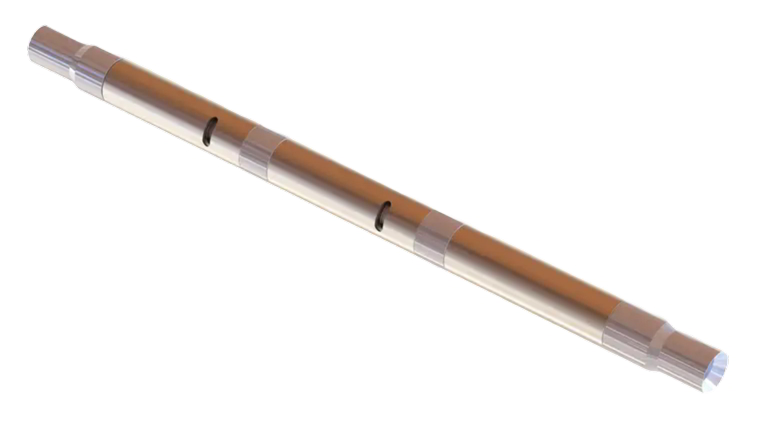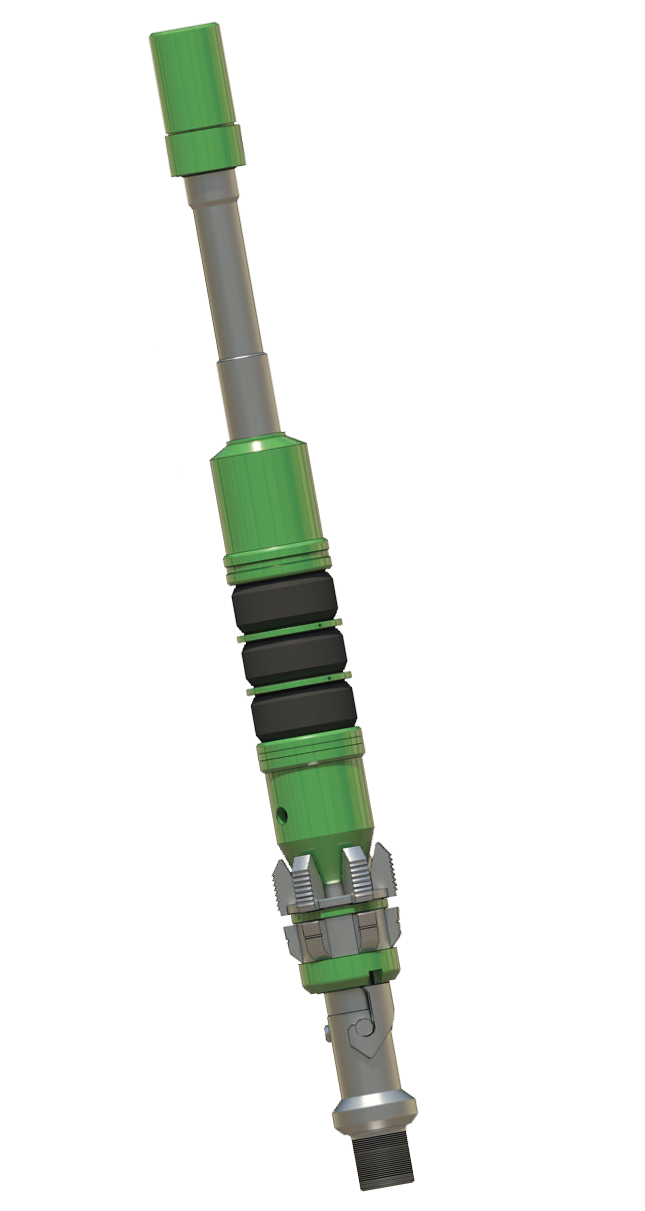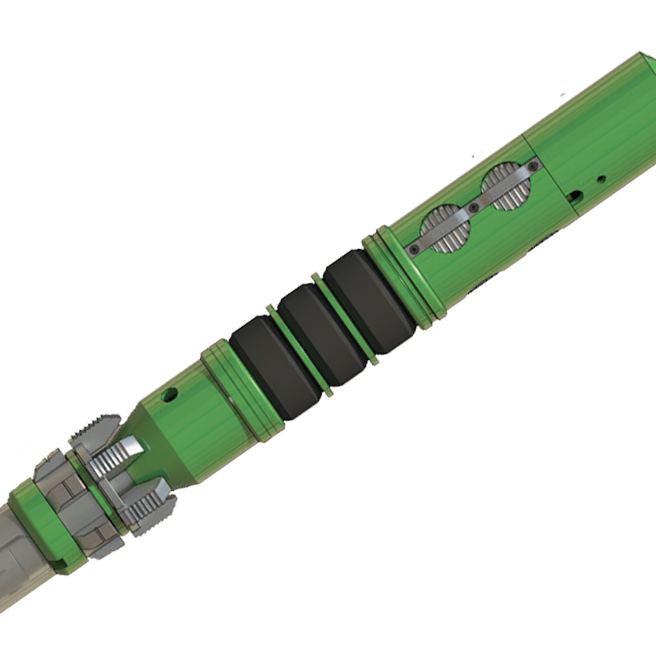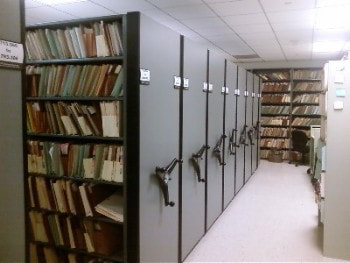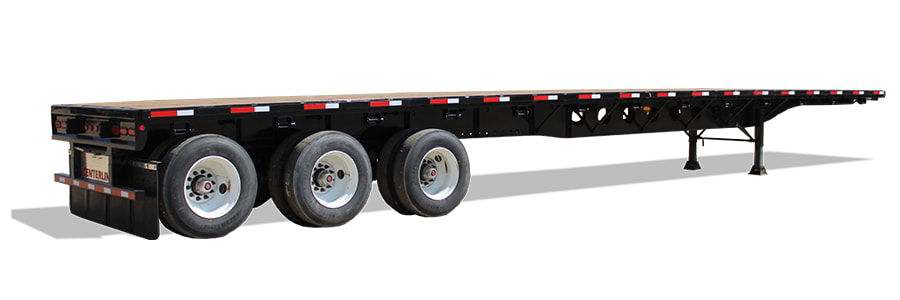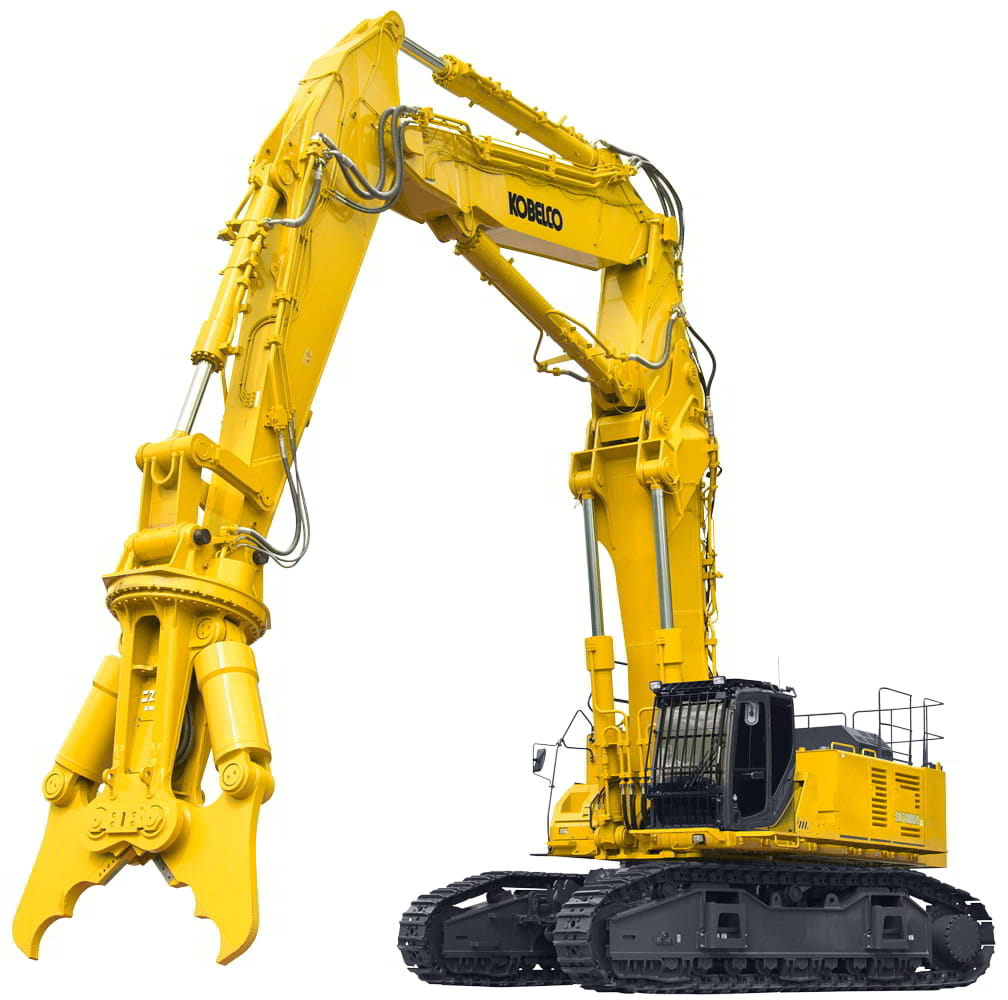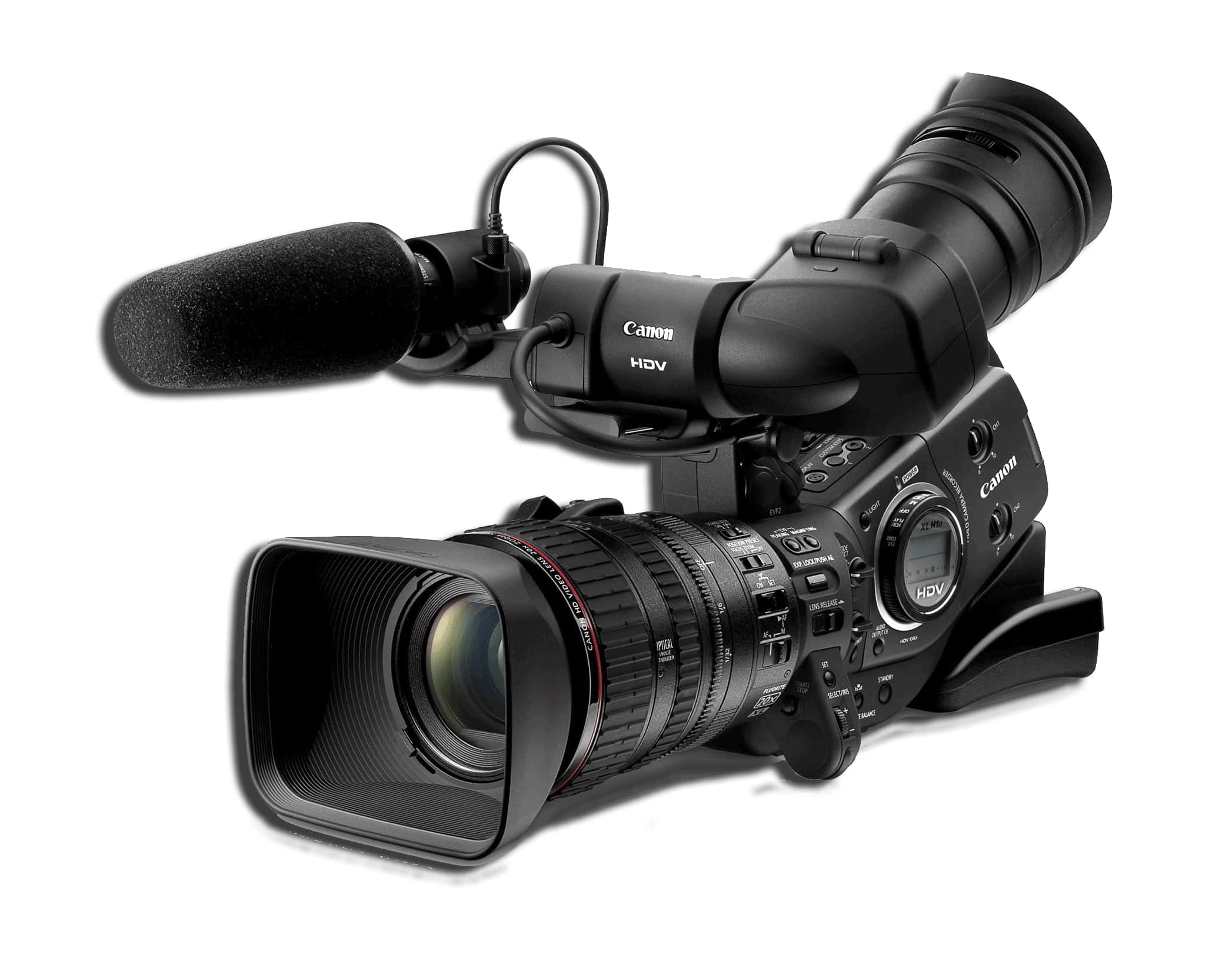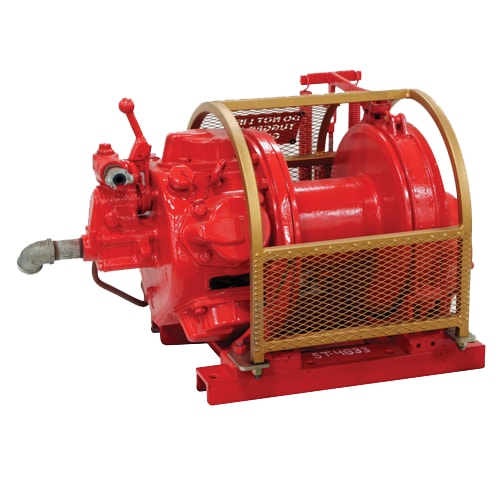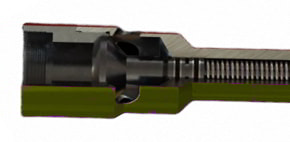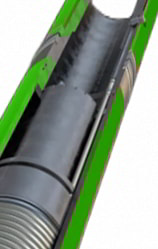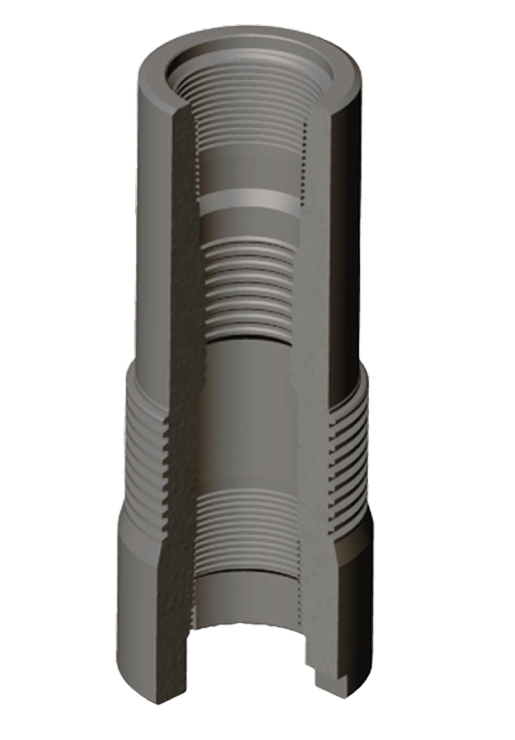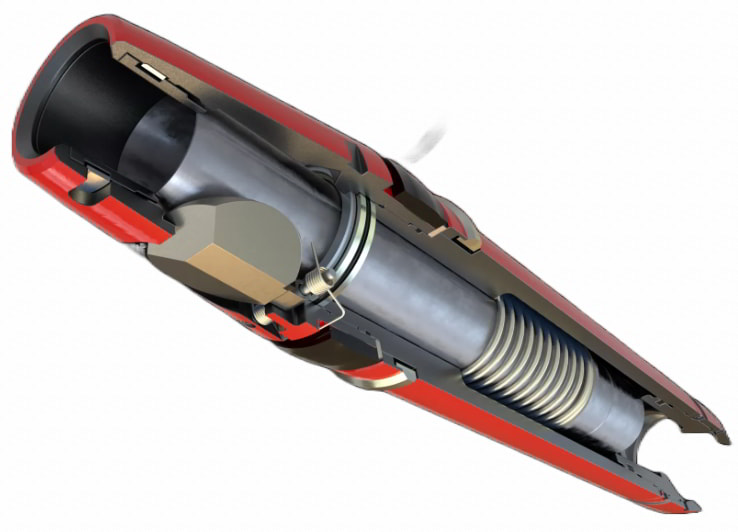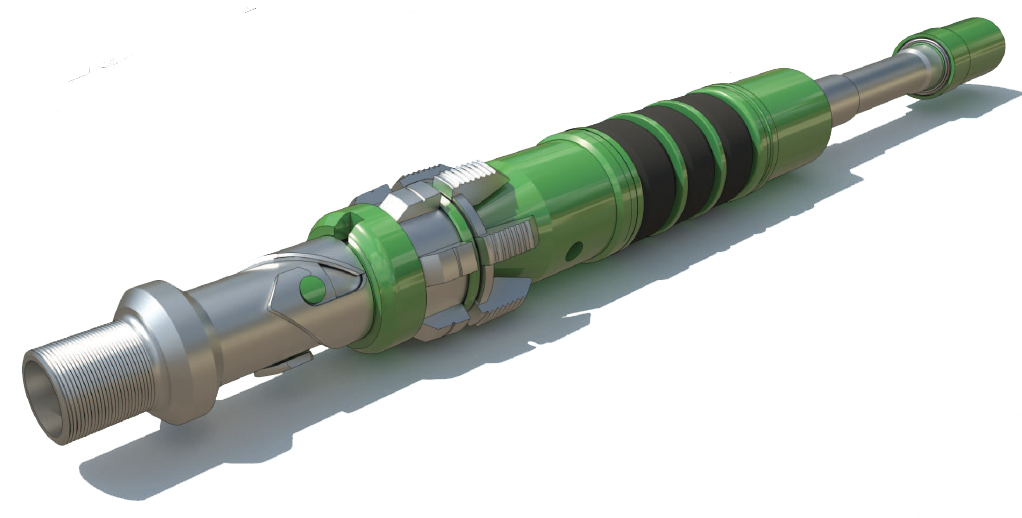2 ½” Tubing End Locator
Tubing End Locator
Also known as:
TEL, Mechanical Tubing End Locator



2 ½” Tubing End Locator
Tubing End Locator
Also known as:
TEL, Mechanical Tubing End LocatorBuy
Made to Order
Manufacturer
Price:
Request for QuoteShipping:
Air freightDelivery Time:
4 - 6 WeeksNote:
The 2 ½” Tubing End Locator is used to identify the end of production tubing during well operations.Sign in
Welcome back
Sign up
Sign-up and make easy contact all providers in the industry.
Let's create your free account
Executive Summary
The 2 ½” Tubing End Locator is a downhole tool designed to accurately identify the end of production tubing during well intervention operations. Featuring a spring-loaded finger mechanism, it fits tubing sizes around 2 ½” and provides a mechanical signal when the tubing bottom is reached.
This ensures precise depth control and prevents tool overrun, improving operational safety and efficiency. Its standard threaded connections allow easy integration into toolstrings, making it a reliable and simple solution for verifying tubing length in various well conditions.
Technical Specifications
| Size | 2 1/2” |
| Max O.D. | 1.750” |
| F/N O.D. | 1.375” |
| Top Conn. Pin | 15/16 - 10 UN |
| Bottom Conn. Box | 1 - 11.1/2 NPT |
| Part No. | 421721 |
| Material | Alloy steel |
| Compliance | API |
| Operating Tubing Size | 2” to 2½” |
| Tool Function | Locates the end of production tubing. |
Features and Benefits
- Spring-loaded finger mechanism.
- Compatible with a wide range of toolstrings due to standard connections.
- Simplifies operations by verifying tubing length.
- Standard threaded connections.
- Compact maximum outside diameter.
Print or Share
Do you need information for the team or a client? Download these page to add your dossier.
Send an email with the link to this page. It's a great way to share information.
Detailed Description
In oil and gas well operations, the 2 ½” Tubing End Locator plays a critical role in confirming the exact depth at which production tubing terminates within the wellbore. Accurately identifying the tubing endpoint is essential during various well intervention activities, including maintenance, workovers, and the installation or retrieval of downhole tools and equipment.
During operations such as setting packers, deploying plugs, running logging tools, or performing fishing jobs to recover stuck equipment, precise knowledge of tubing length ensures that tools are positioned correctly. This prevents accidental over-pumping or tool deployment beyond the tubing into the open hole section of the well, where damage to equipment or tool loss can occur.
The 2 ½” Tubing End Locator is designed specifically to fit tubing with an outer diameter of approximately 2 ½ inches. It features a compact maximum outside diameter of around 1.750 inches, allowing it to pass easily within the tubing without causing obstruction. The tool employs a spring-loaded finger mechanism that activates mechanically upon reaching the tubing bottom. This signal does not rely on electronic sensors or depth measurement devices, making the tool highly reliable even in harsh downhole environments where electronics may be compromised by pressure, temperature, or fluid conditions.
Standardized threaded connections on the tool—typically a 15/16 - 10 UN pin on the top and a 1 - 11 1/2 NPT box on the bottom—enable it to be seamlessly integrated into a wide range of intervention toolstrings. These common connection types ensure compatibility with existing downhole equipment and facilitate quick assembly and deployment.
Manufactured from high-strength alloy steel or similar materials, the tubing end locator is built to withstand typical downhole conditions, including high pressure, elevated temperatures, and corrosive fluids commonly found in oil and gas wells. Its purely mechanical design minimizes maintenance requirements and reduces the risk of failure compared to electronic alternatives.
This tool is particularly valuable in wells where tubing length may have changed due to wear, repairs, or previous interventions, offering an essential measure of control and confidence in complex well environments.
Engineering Data





